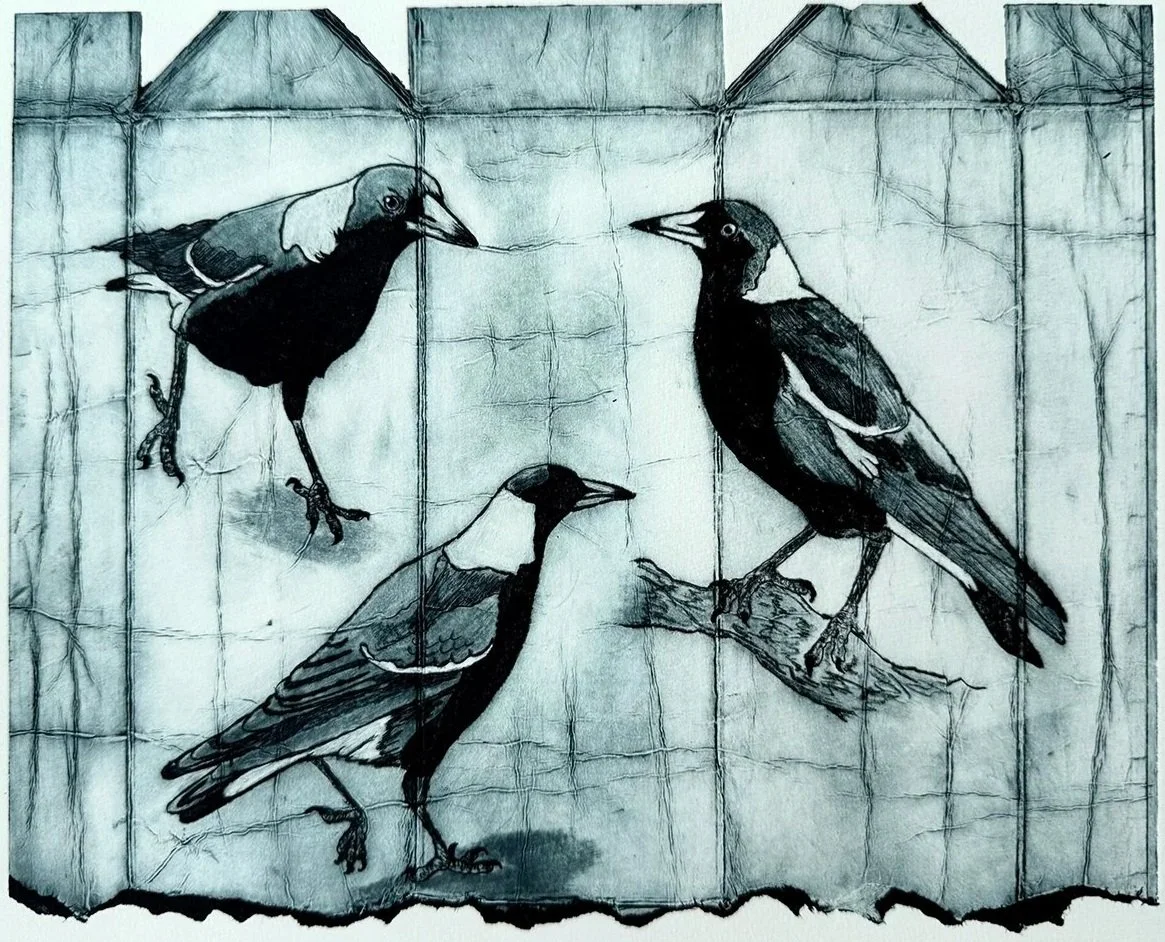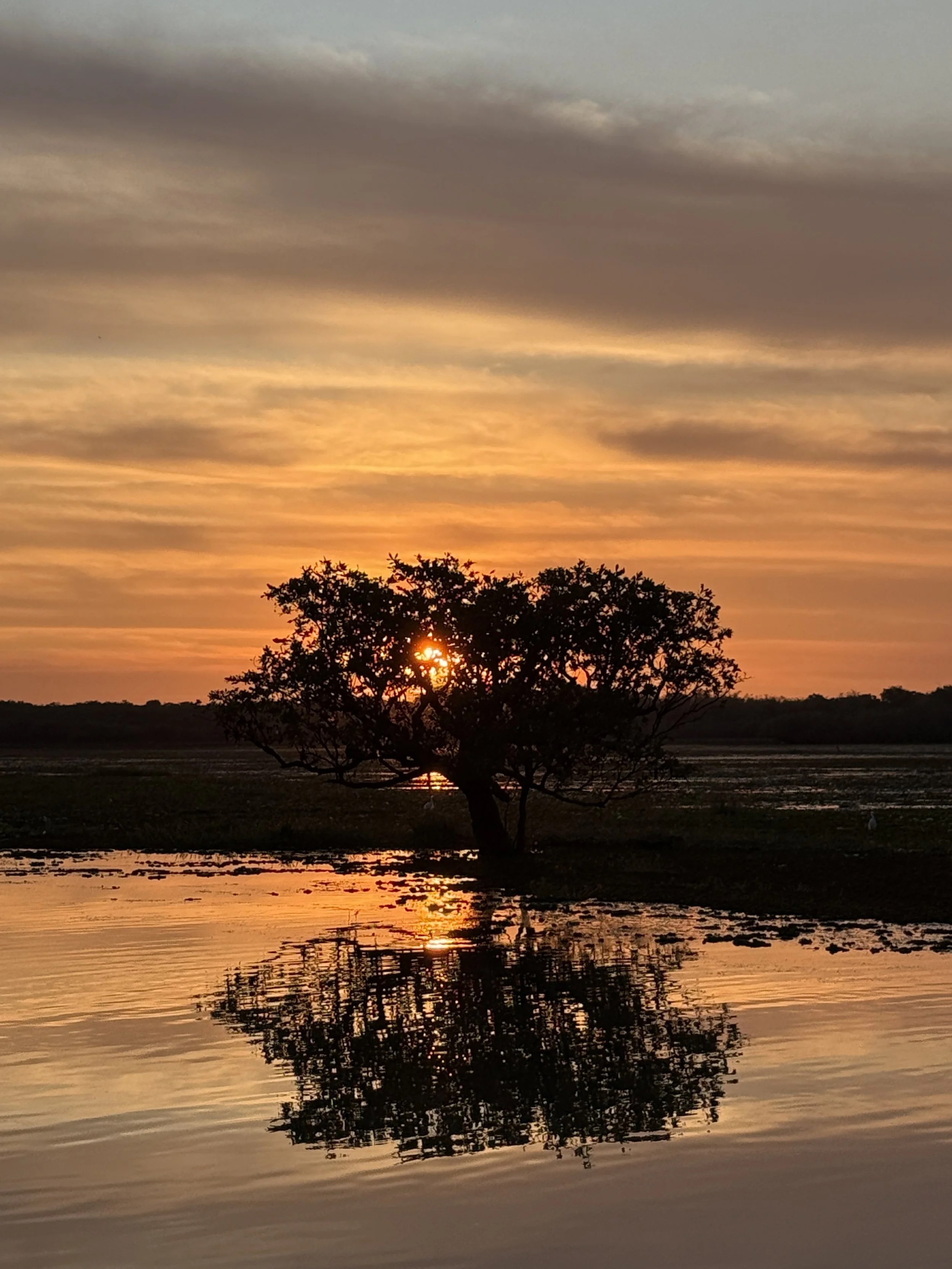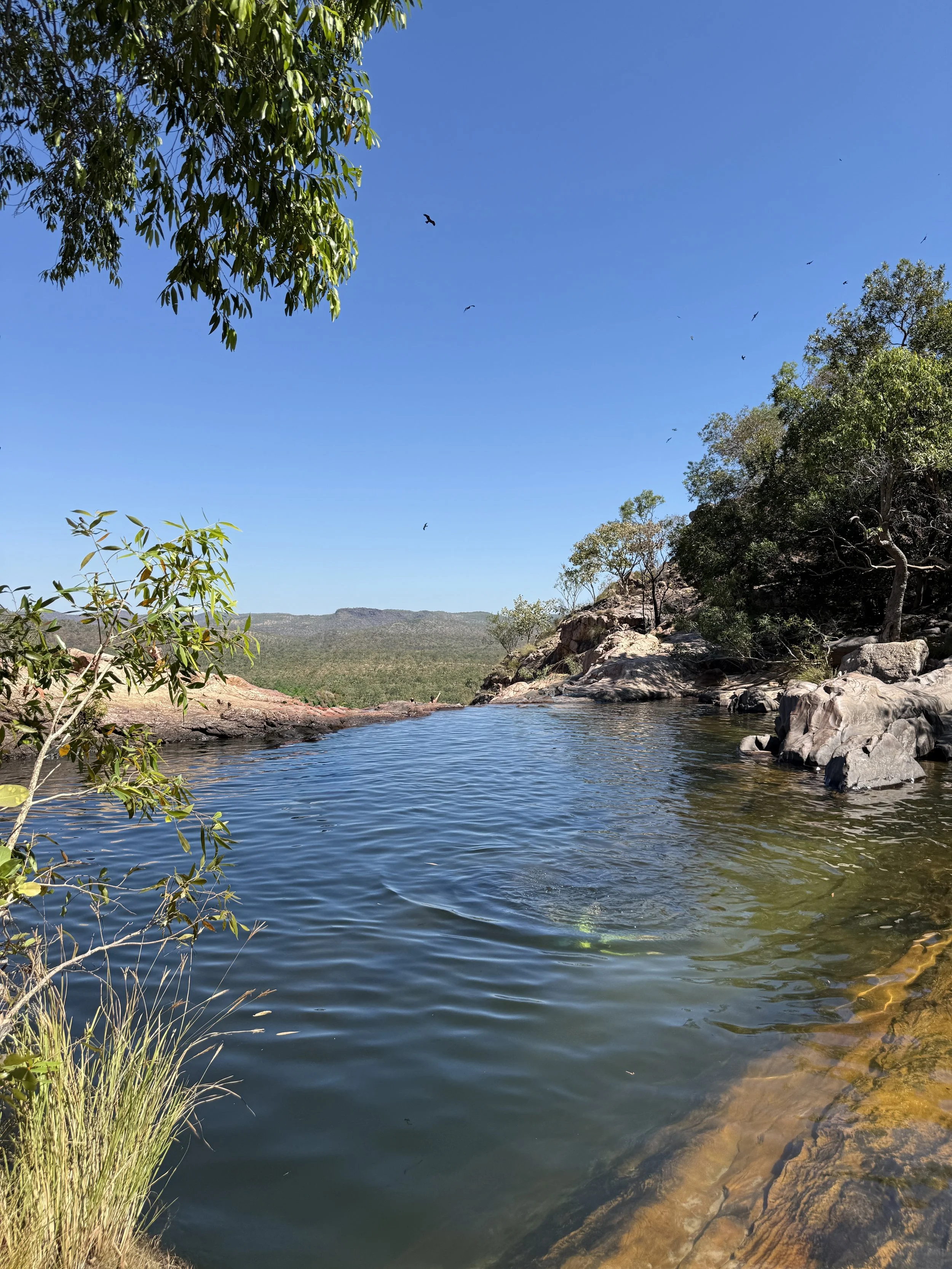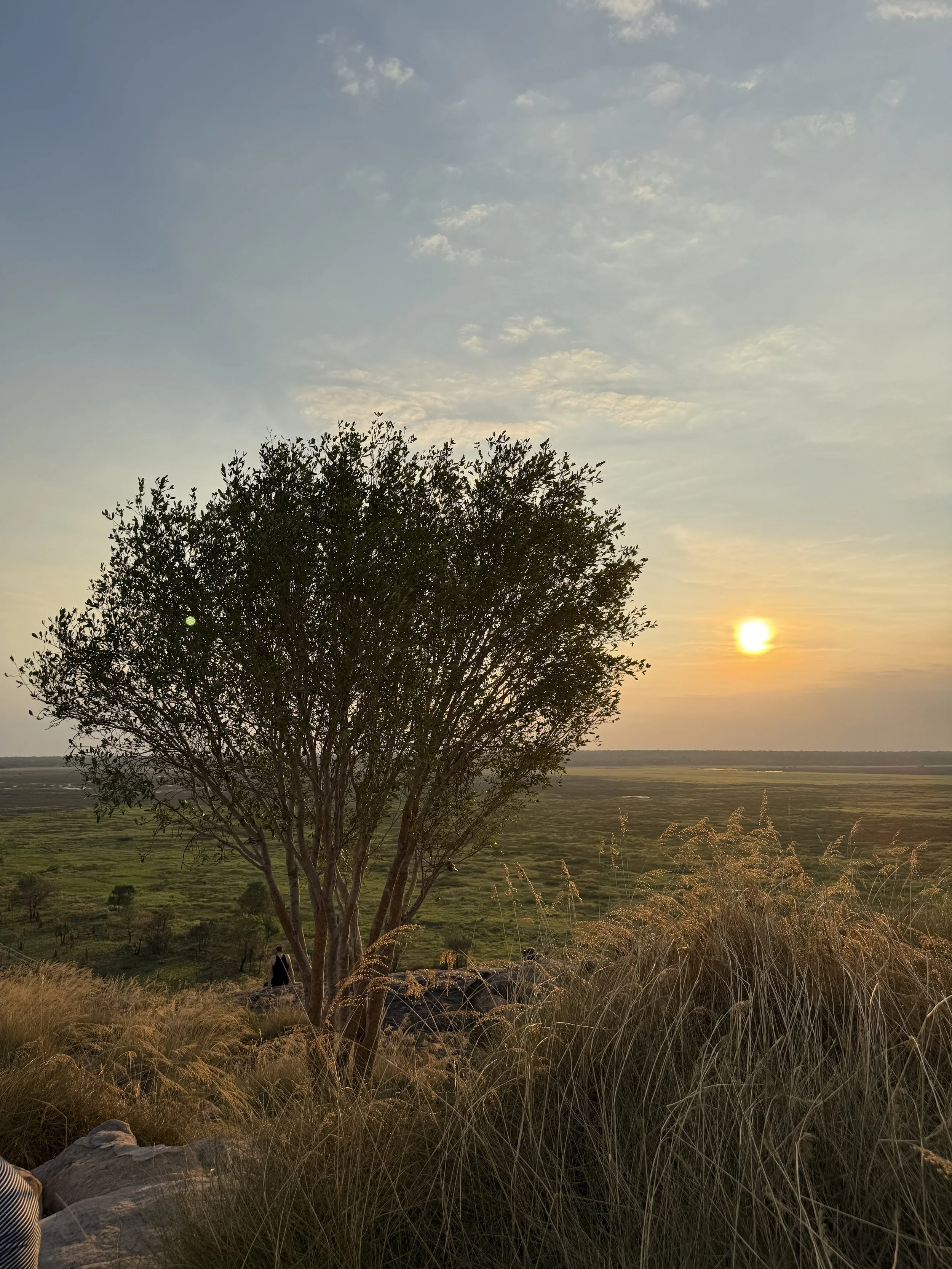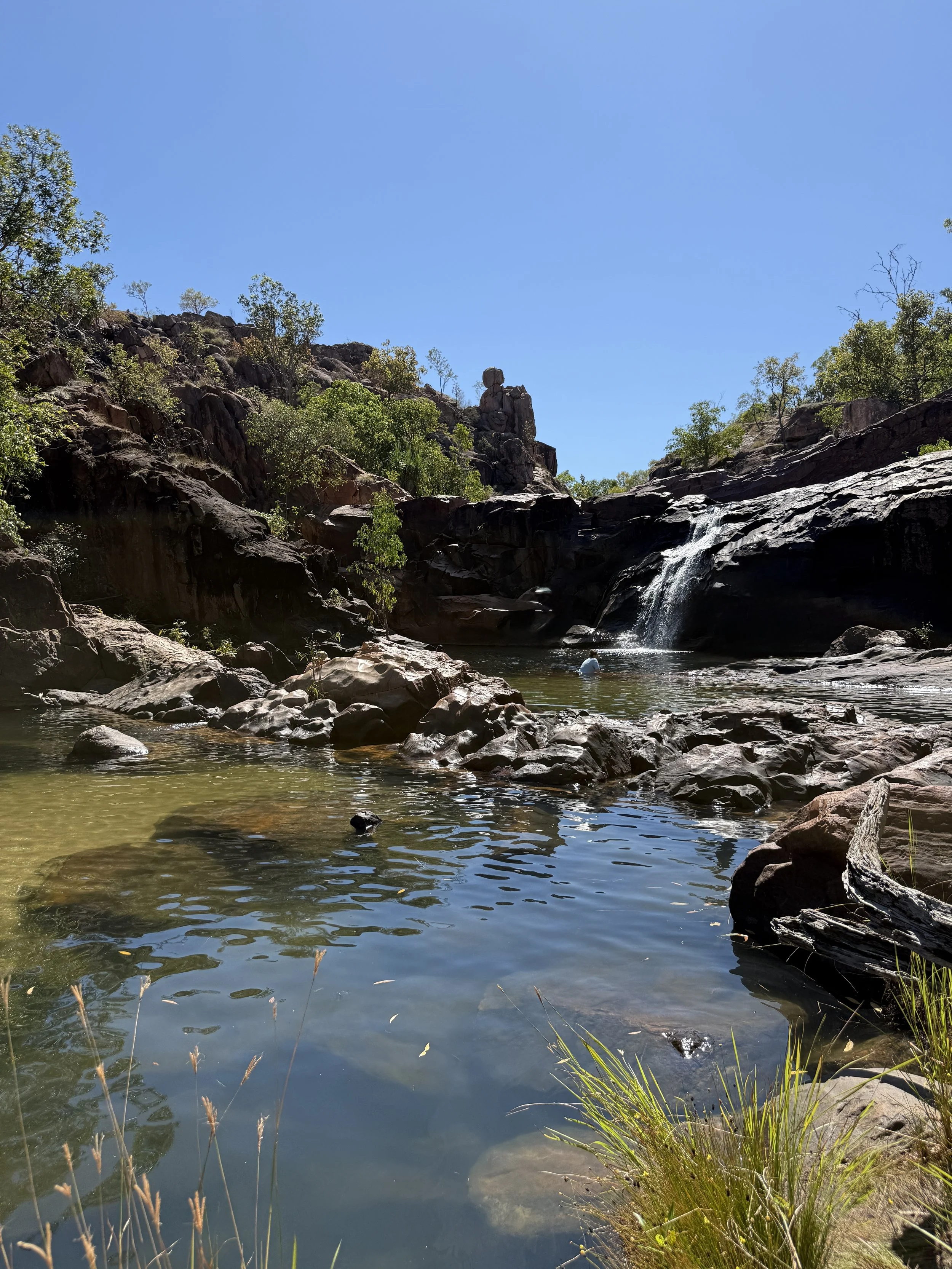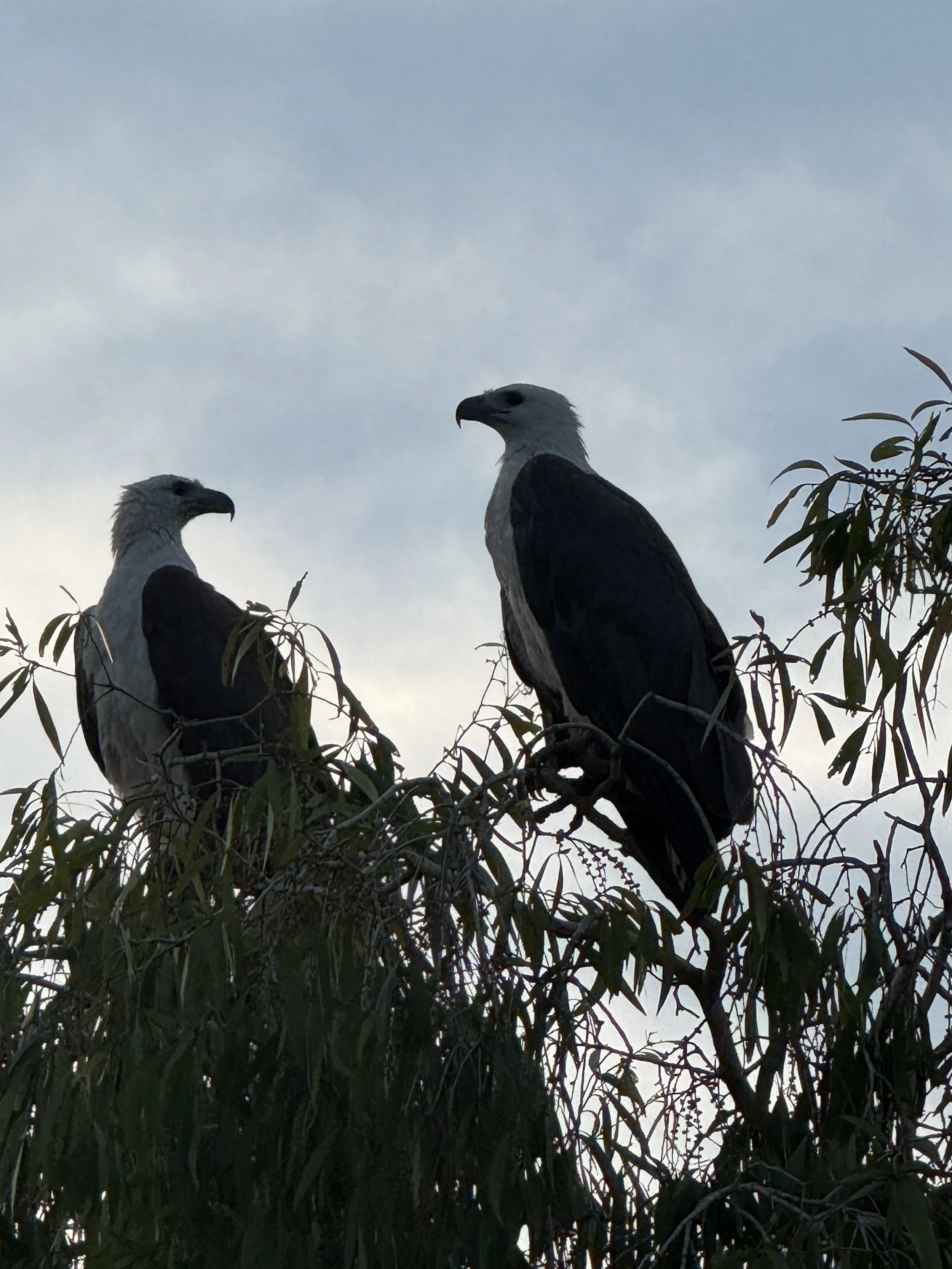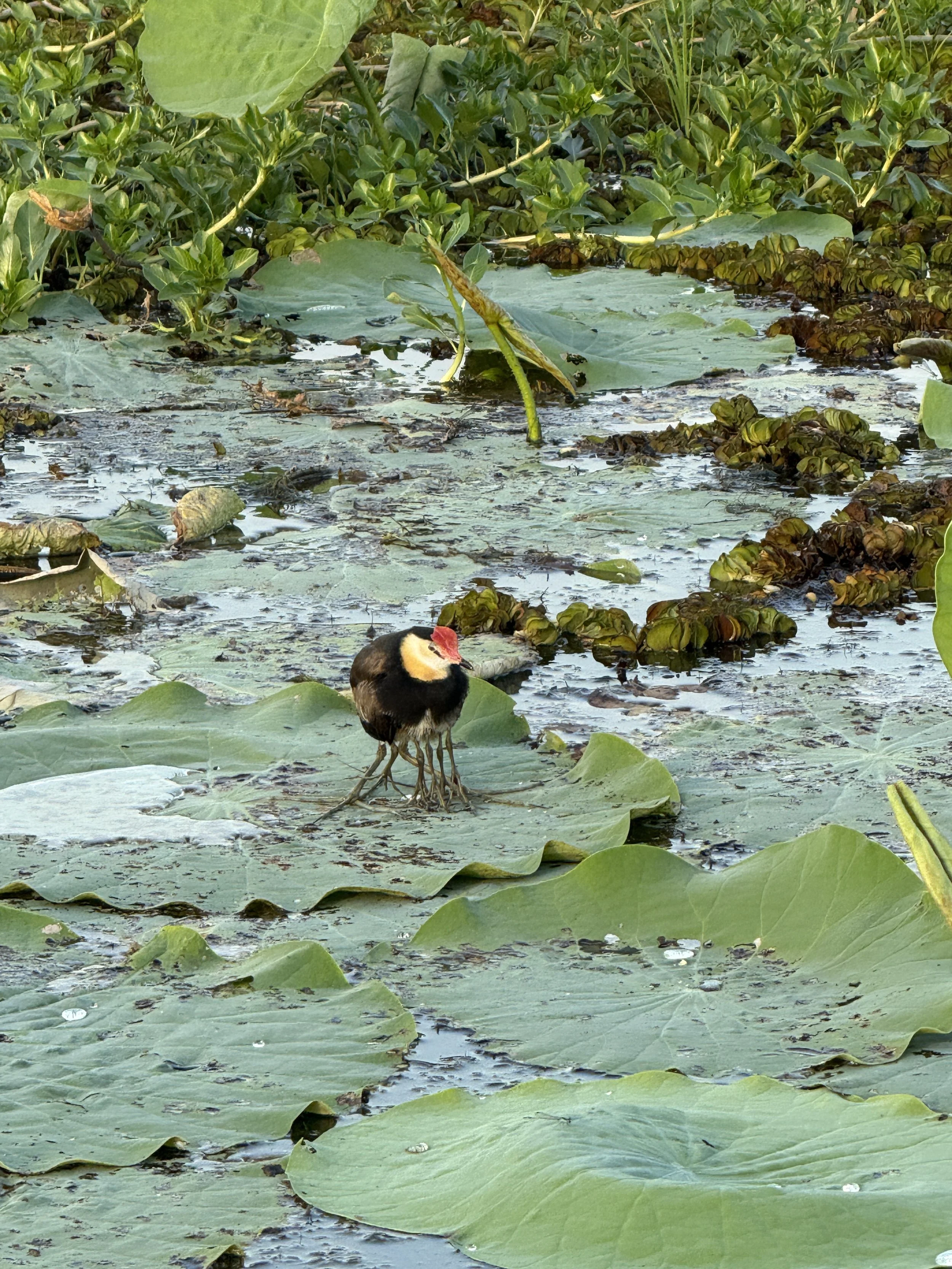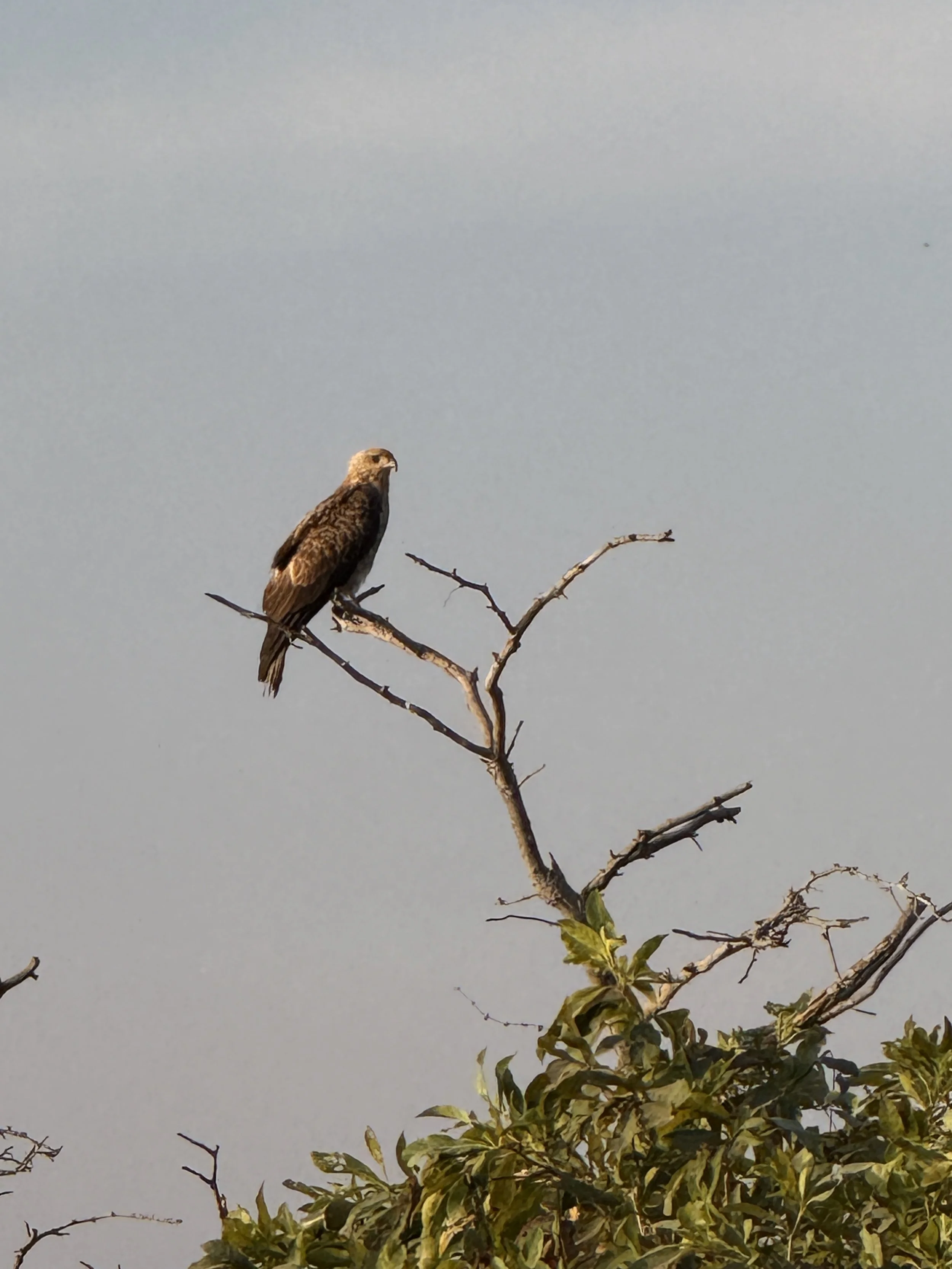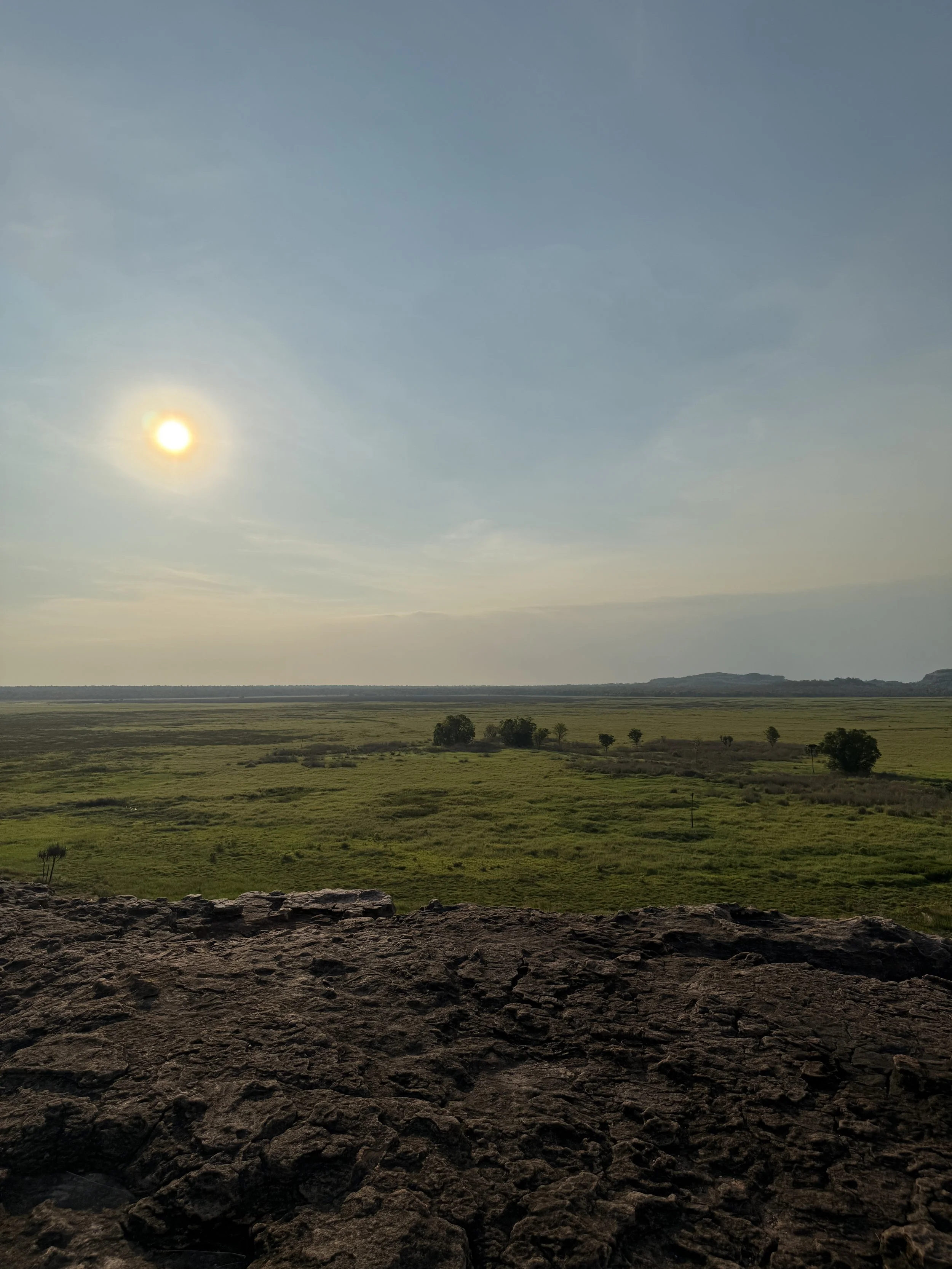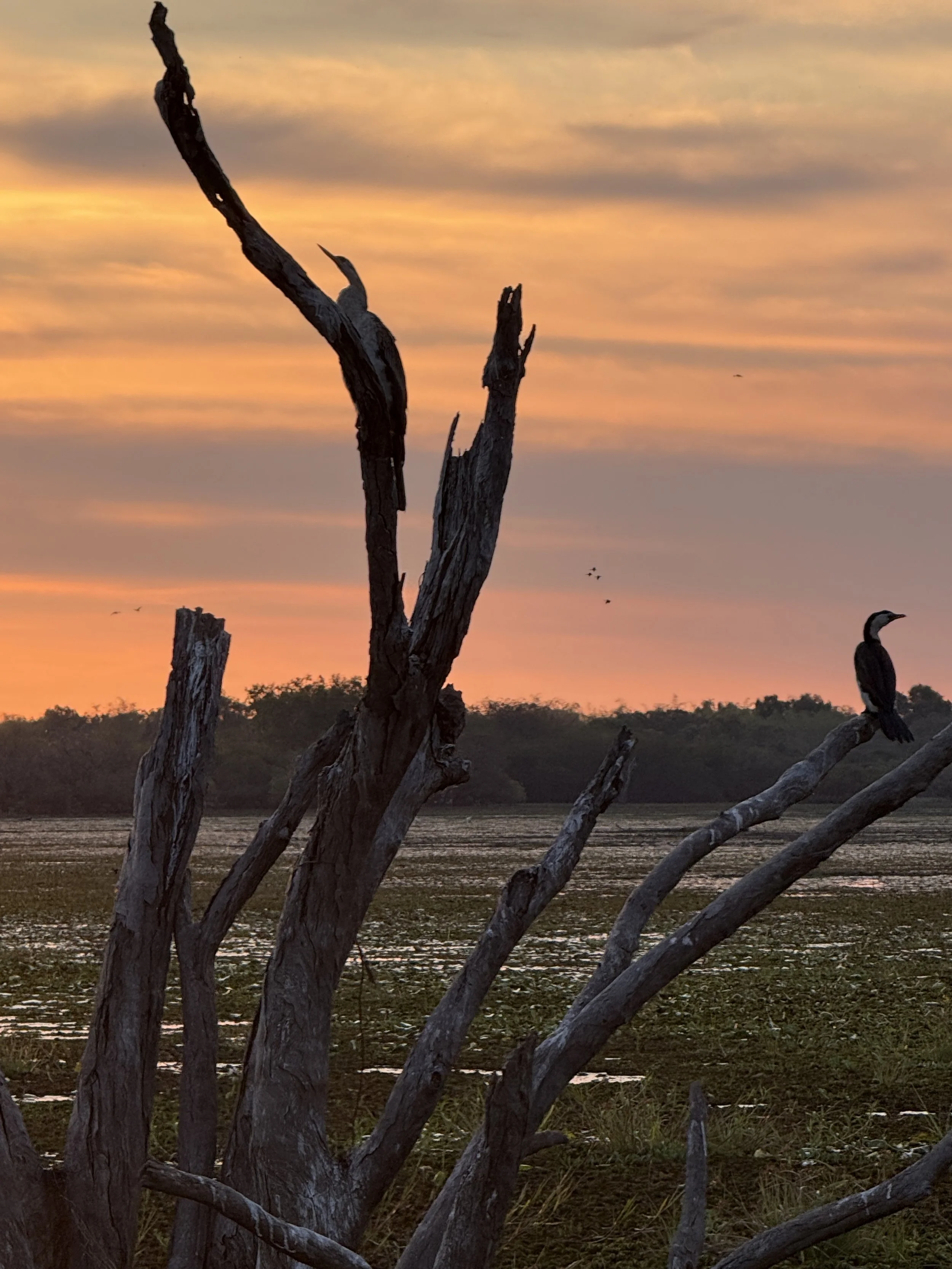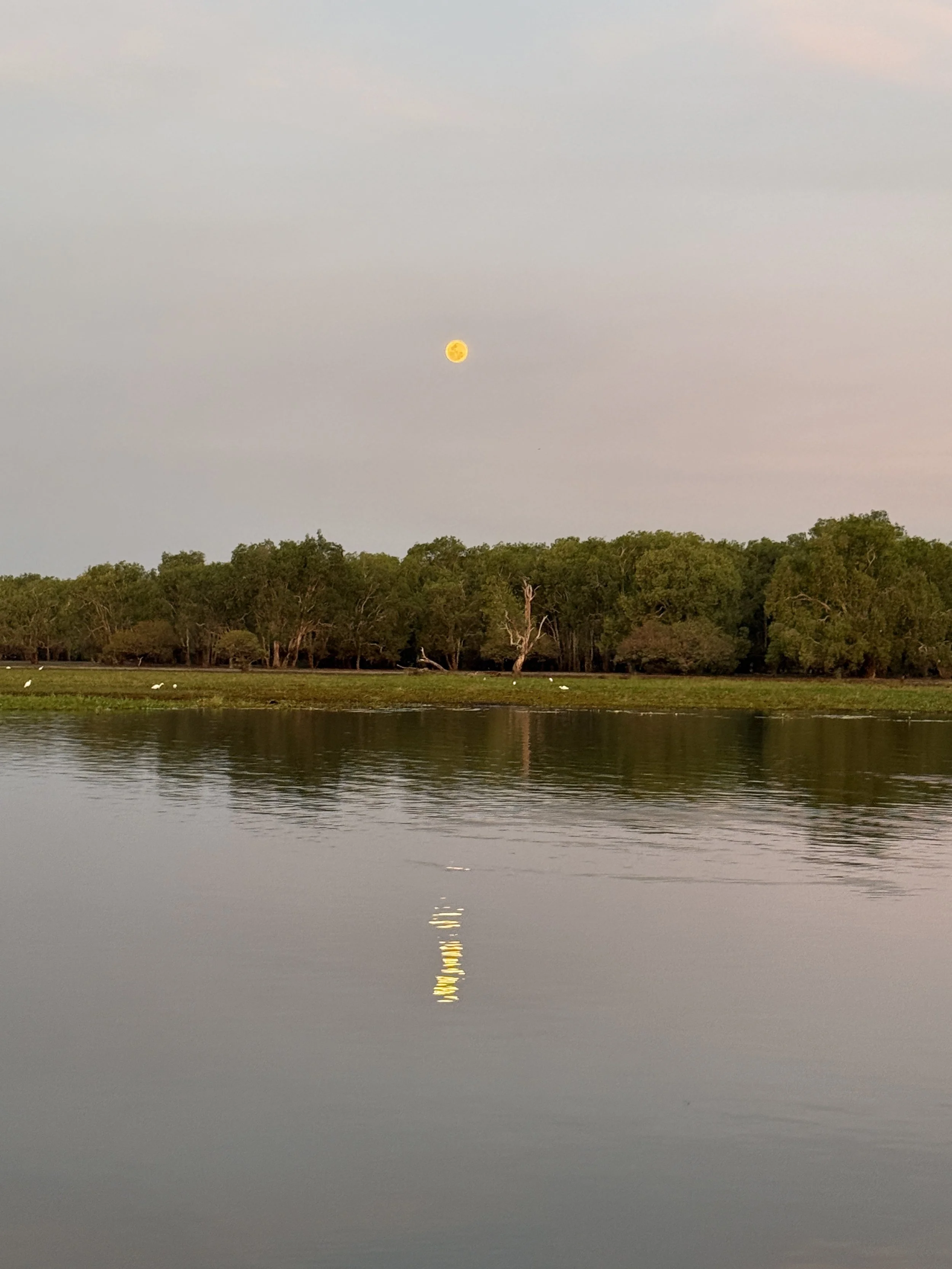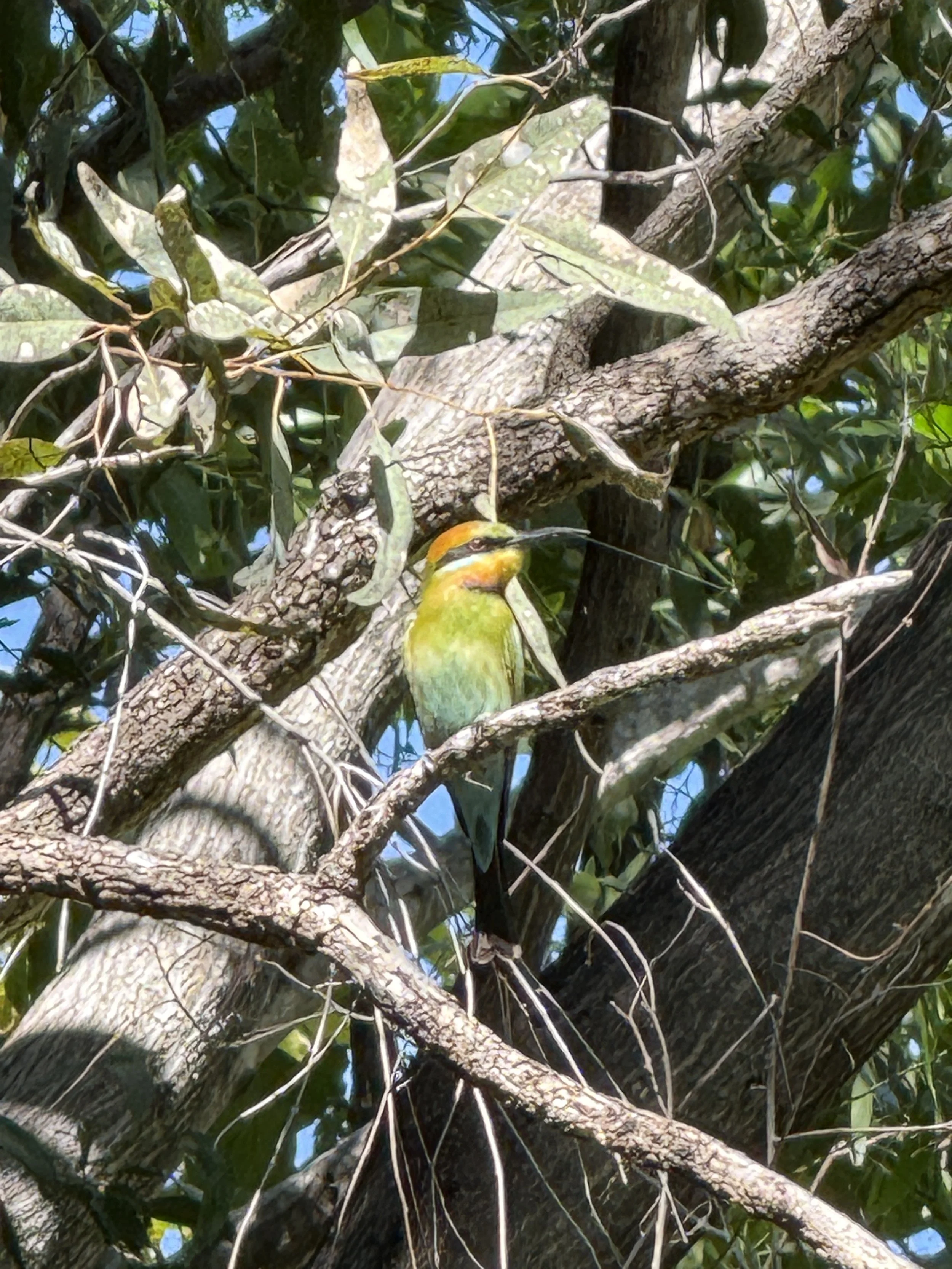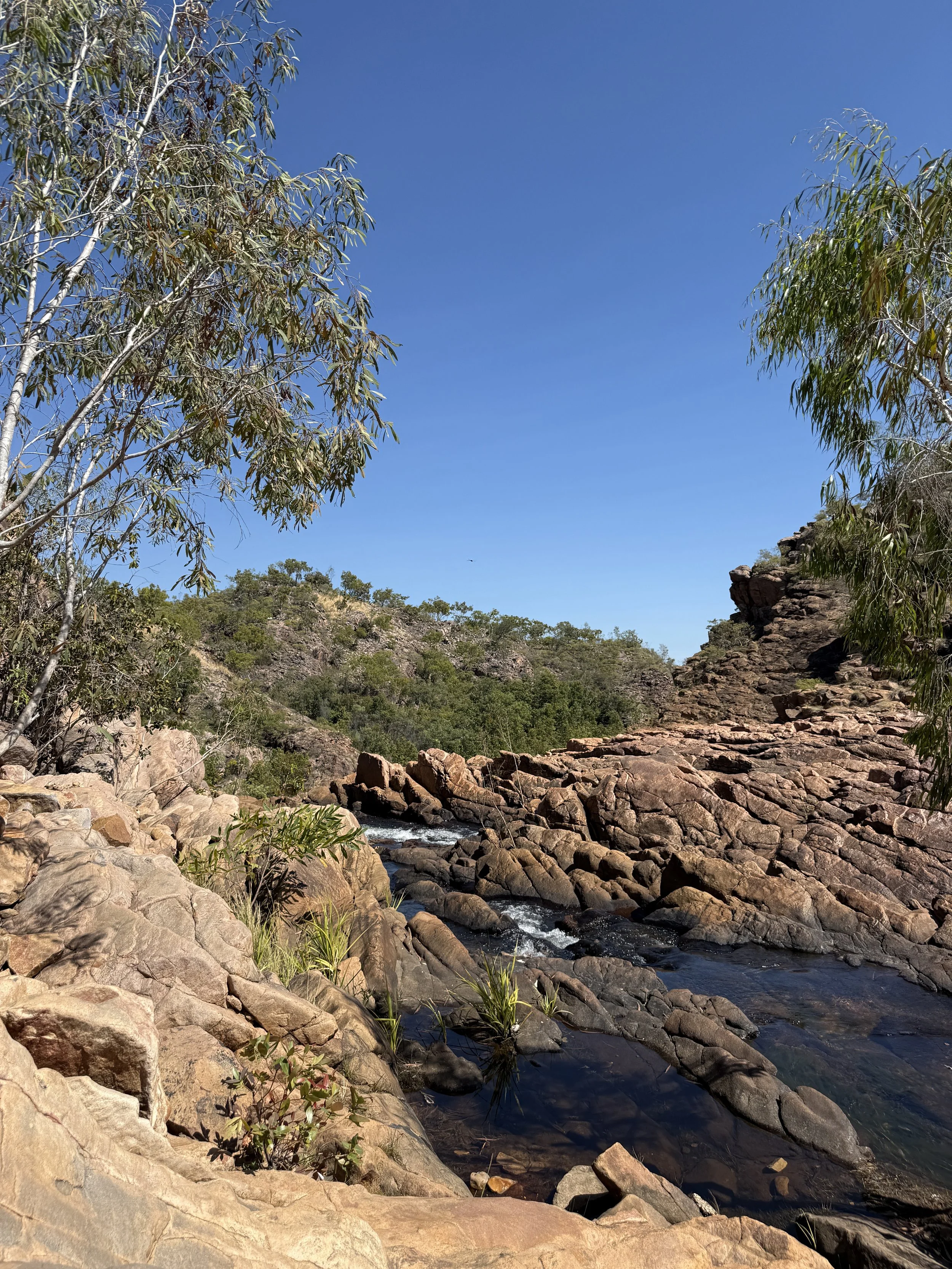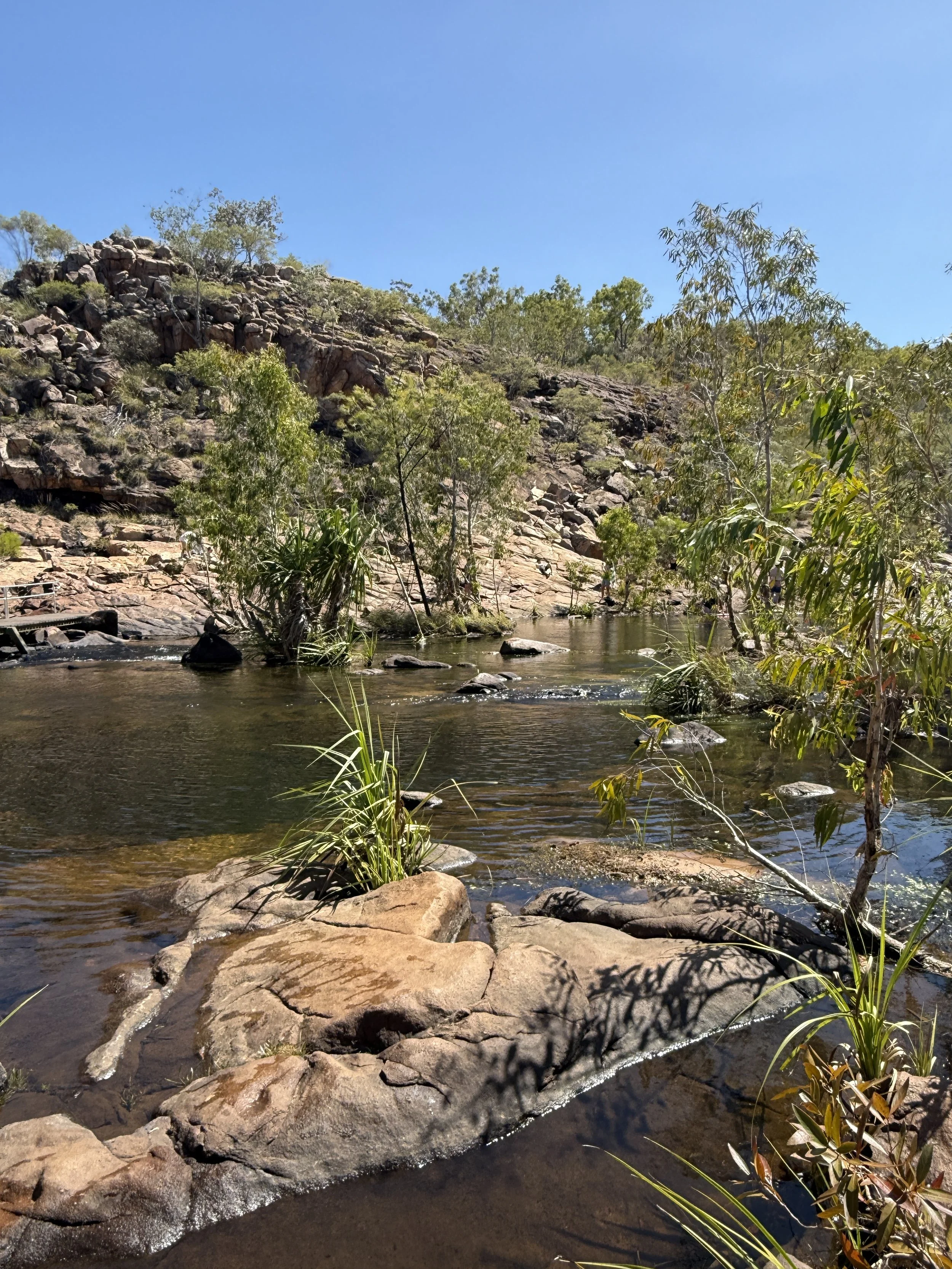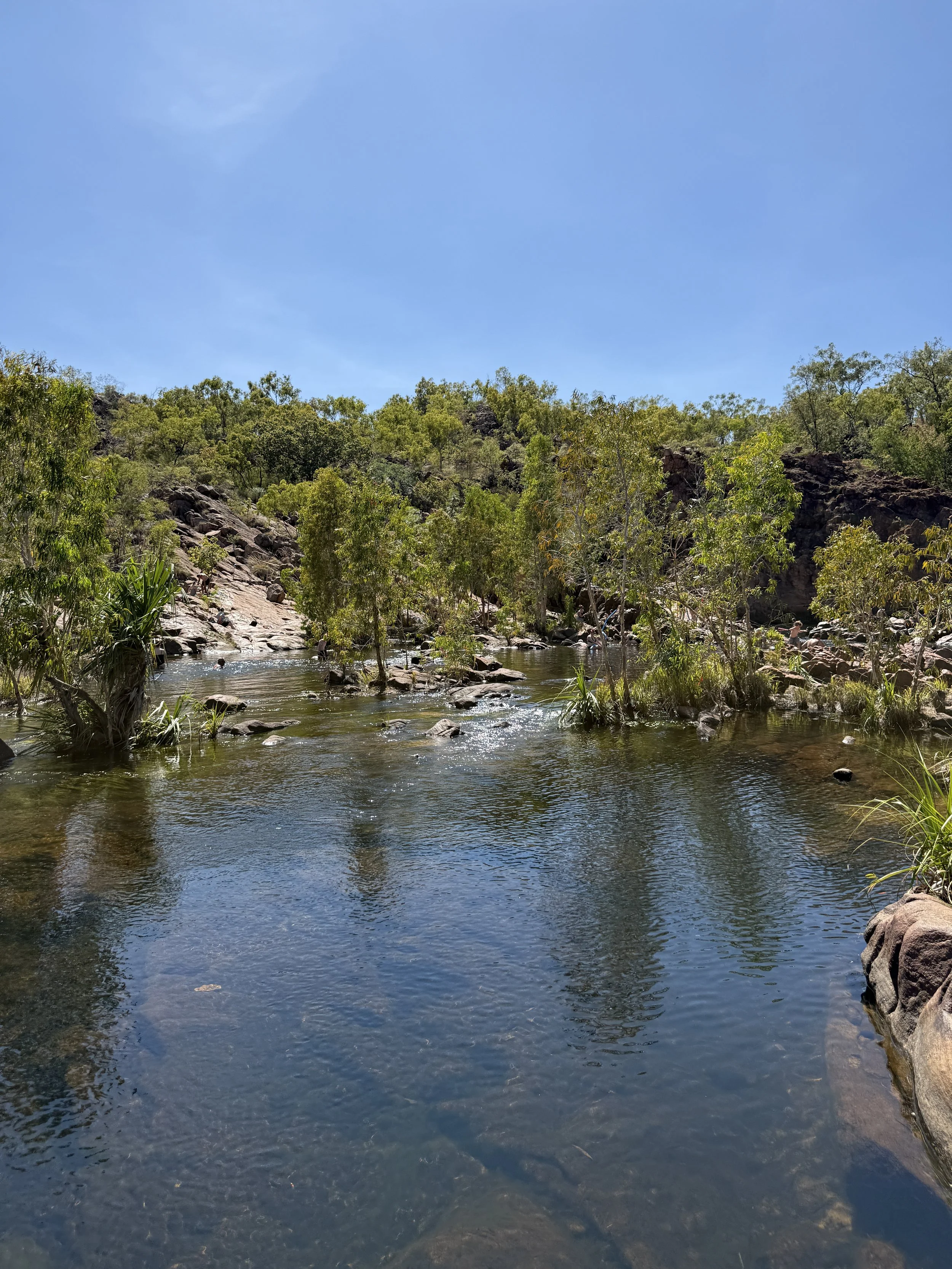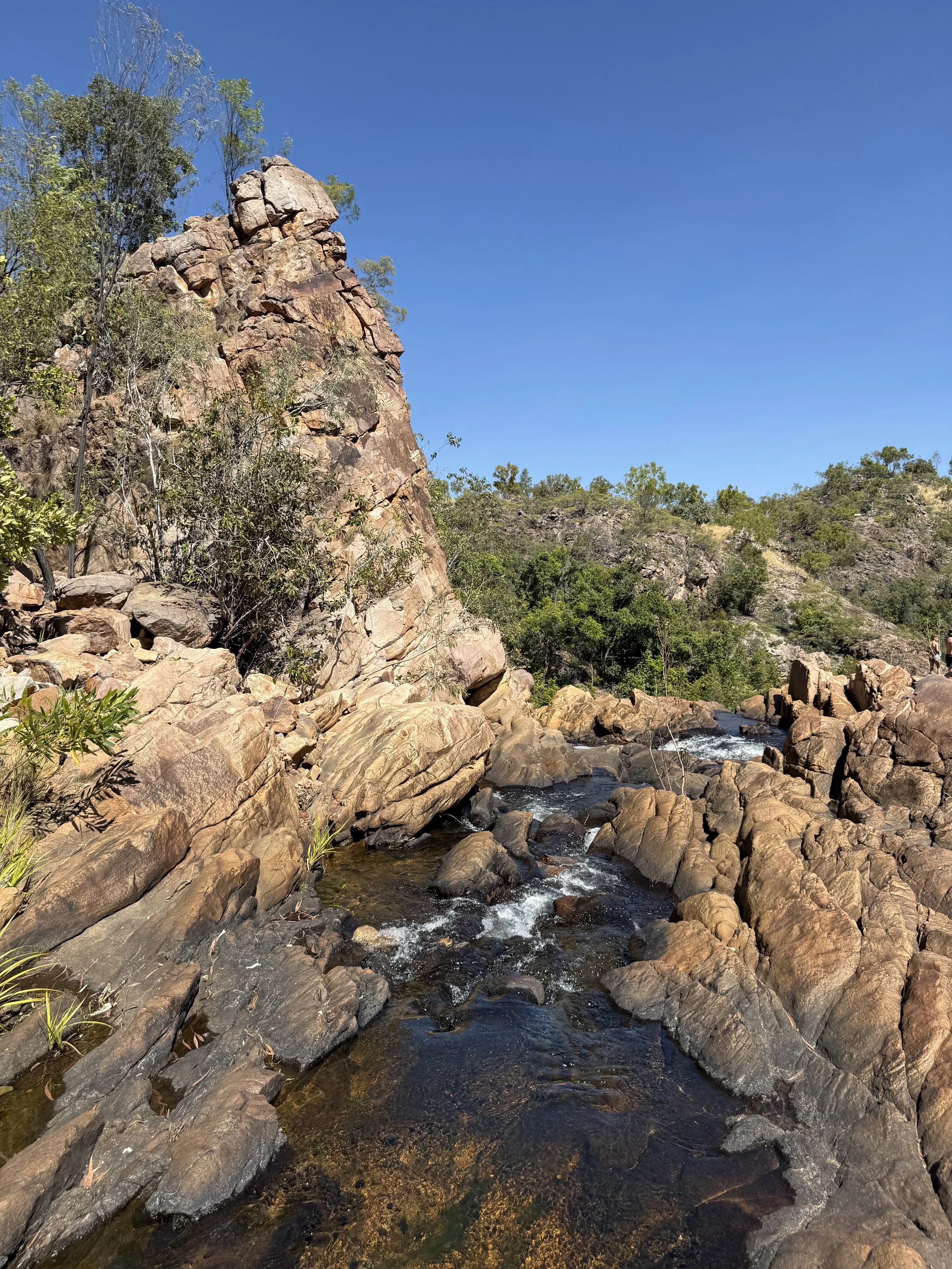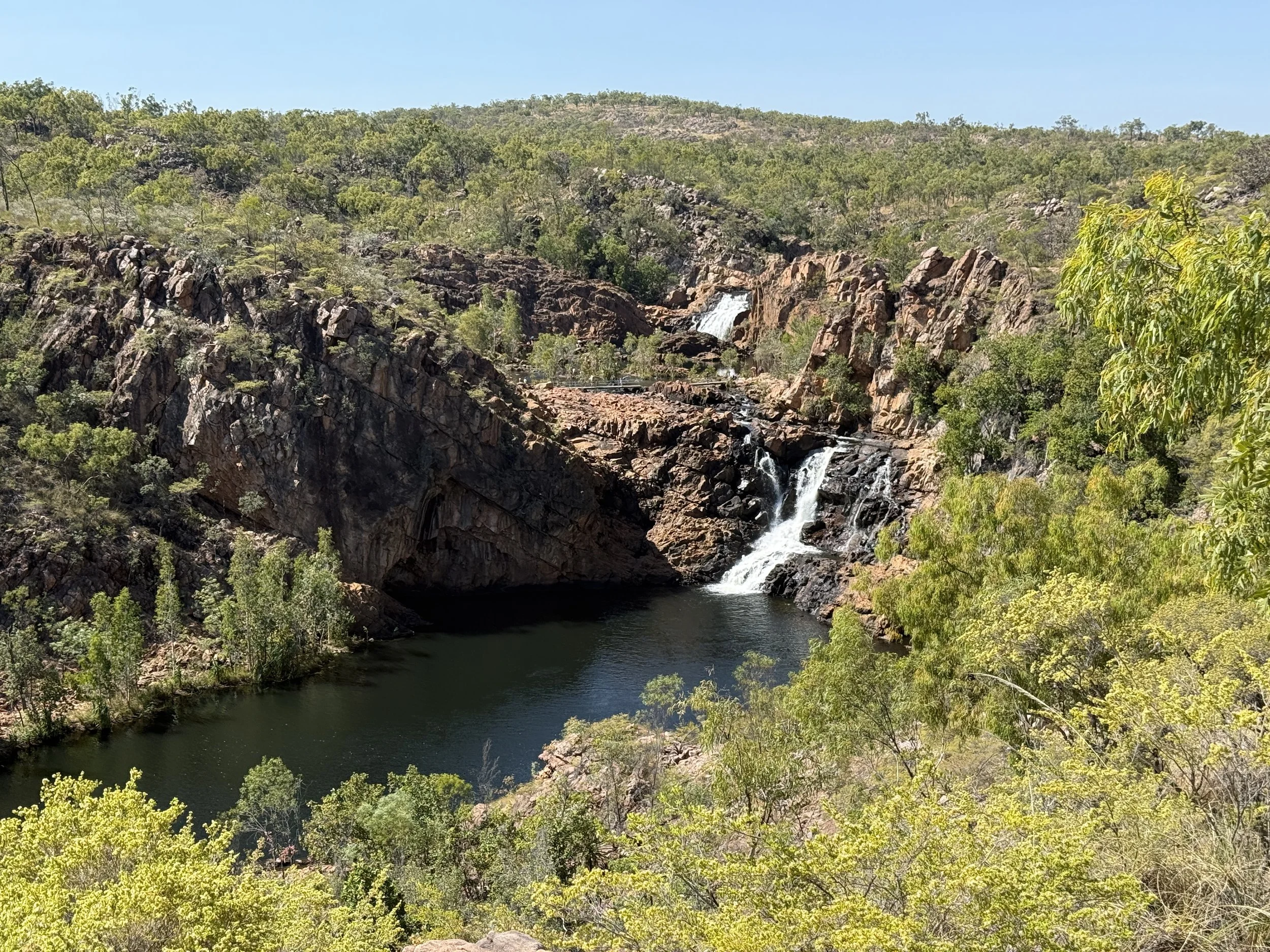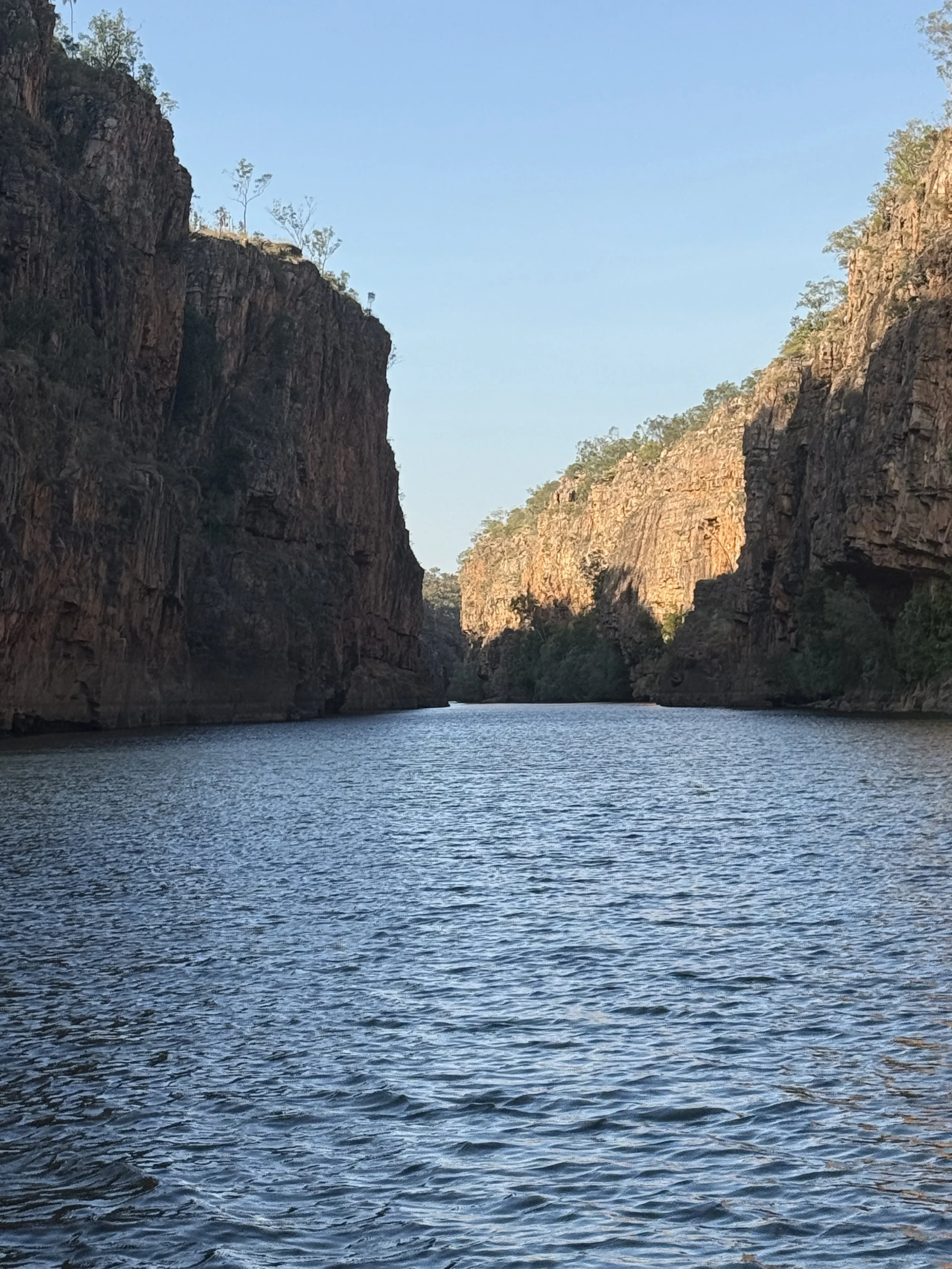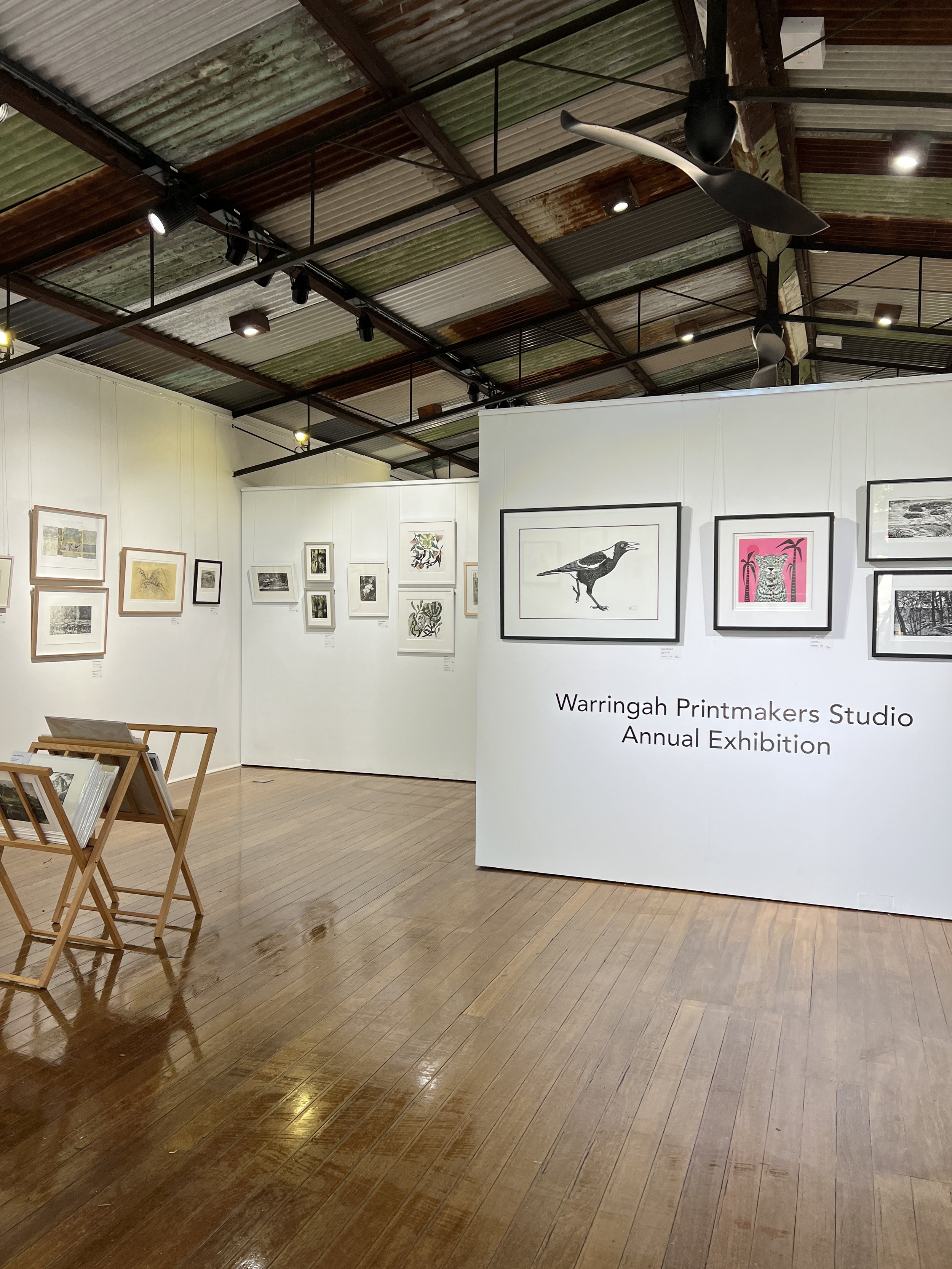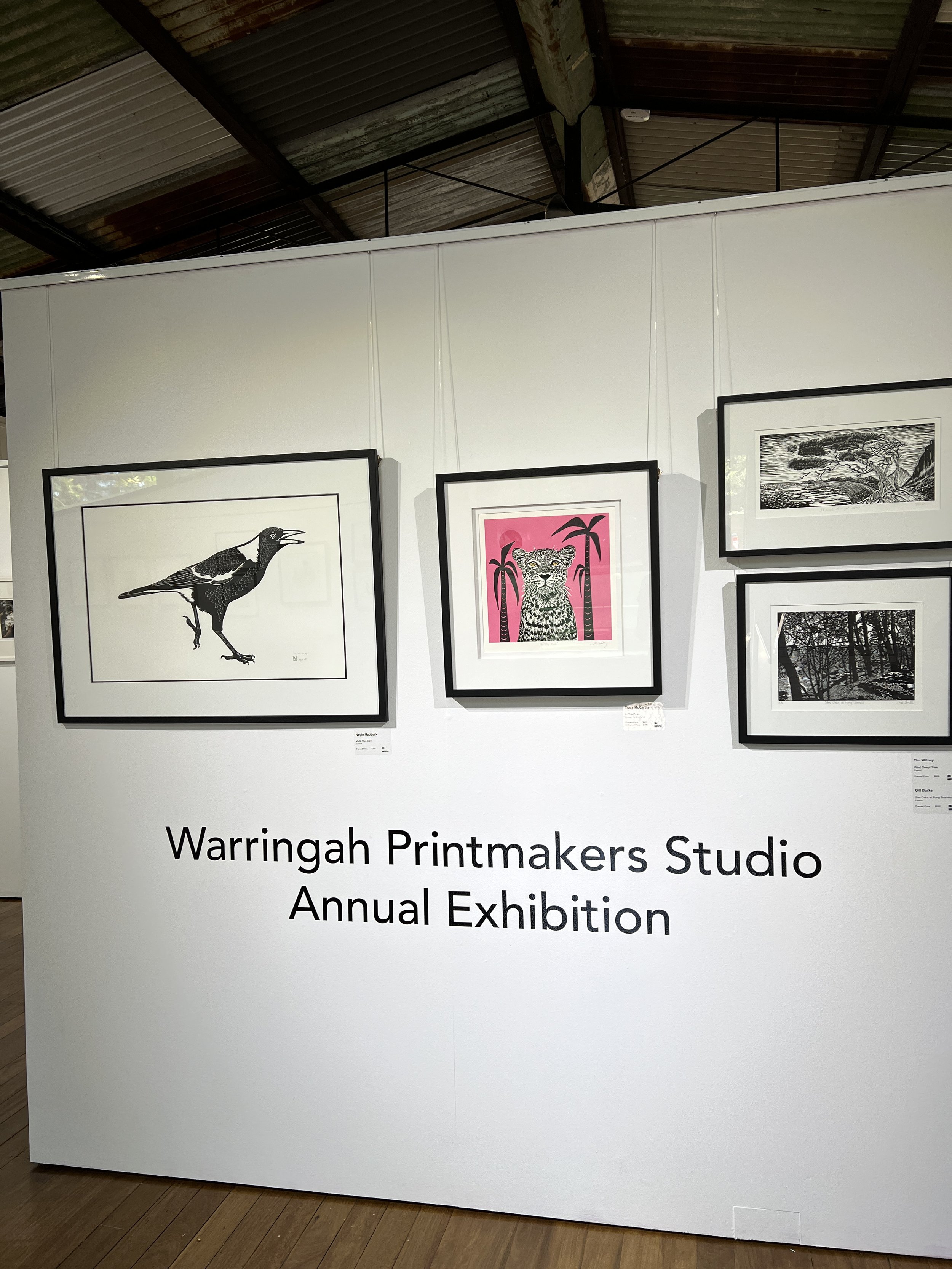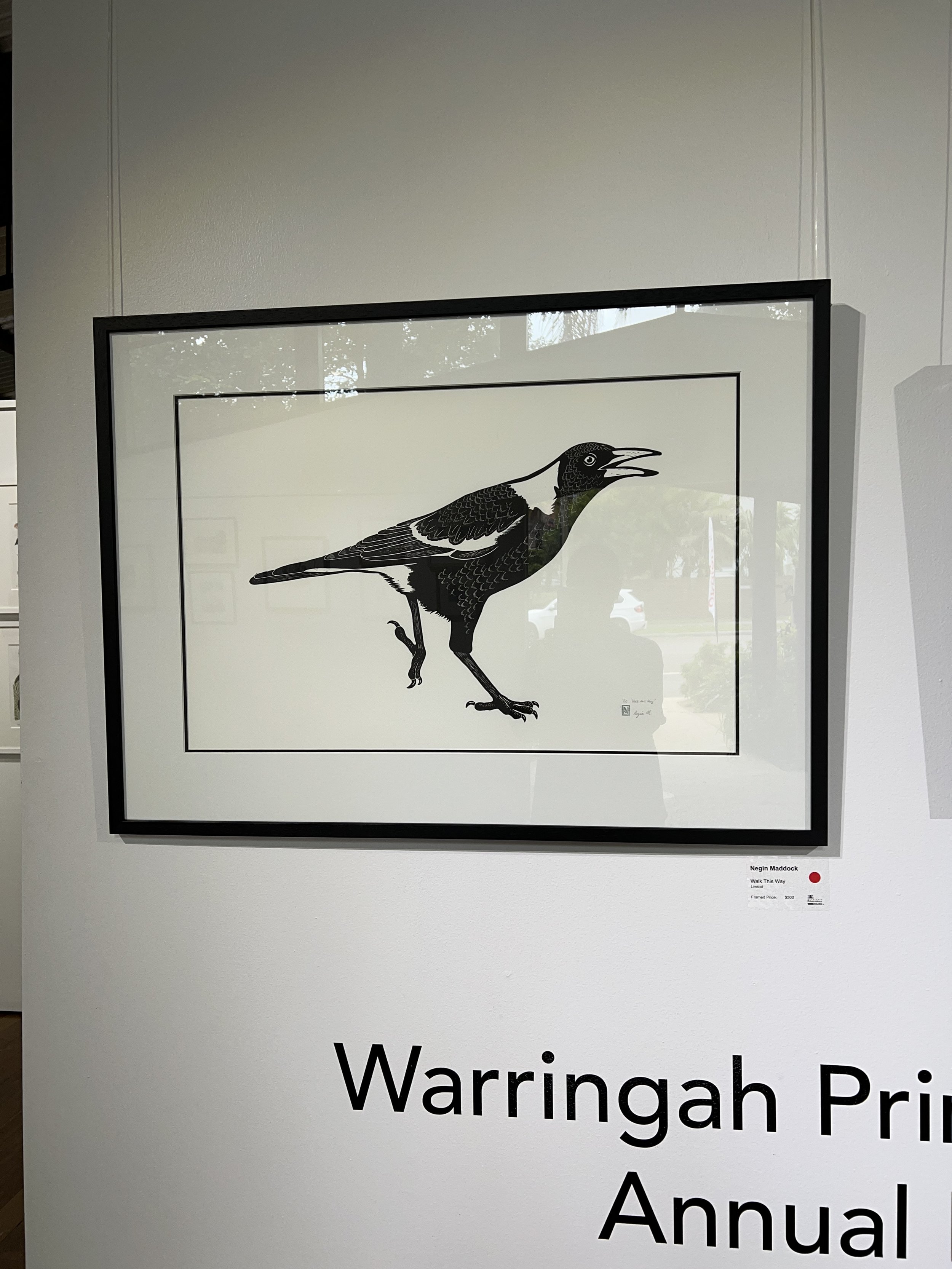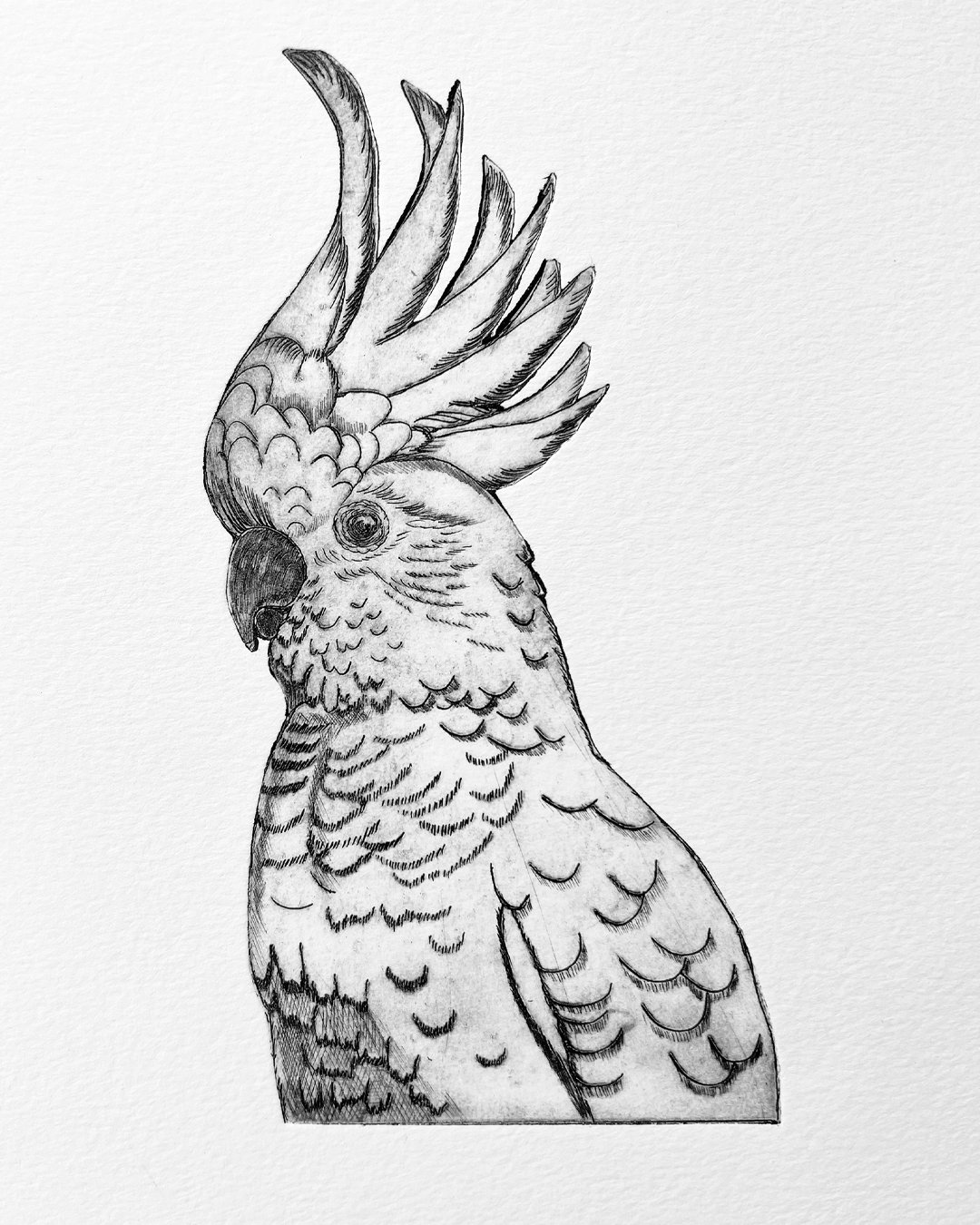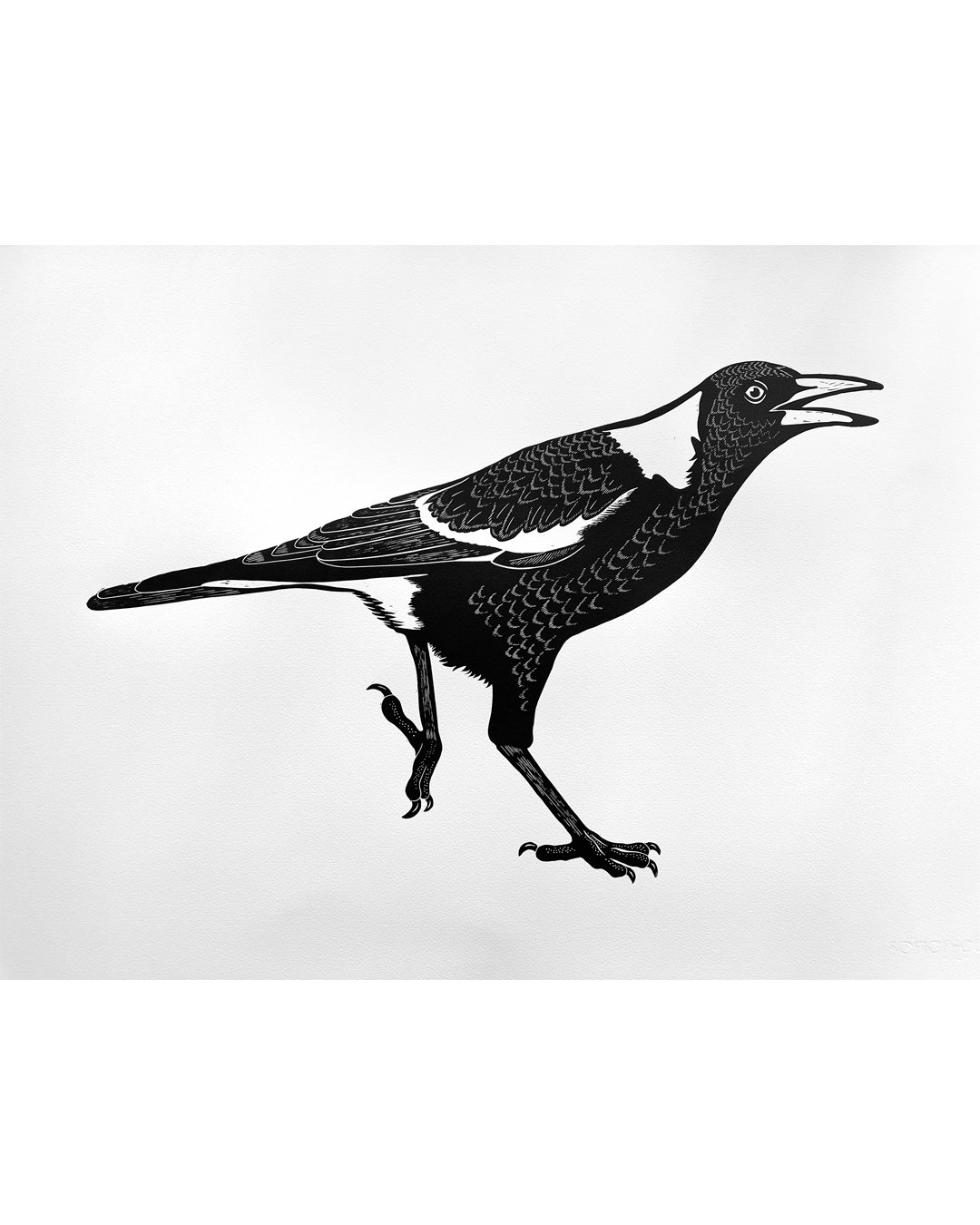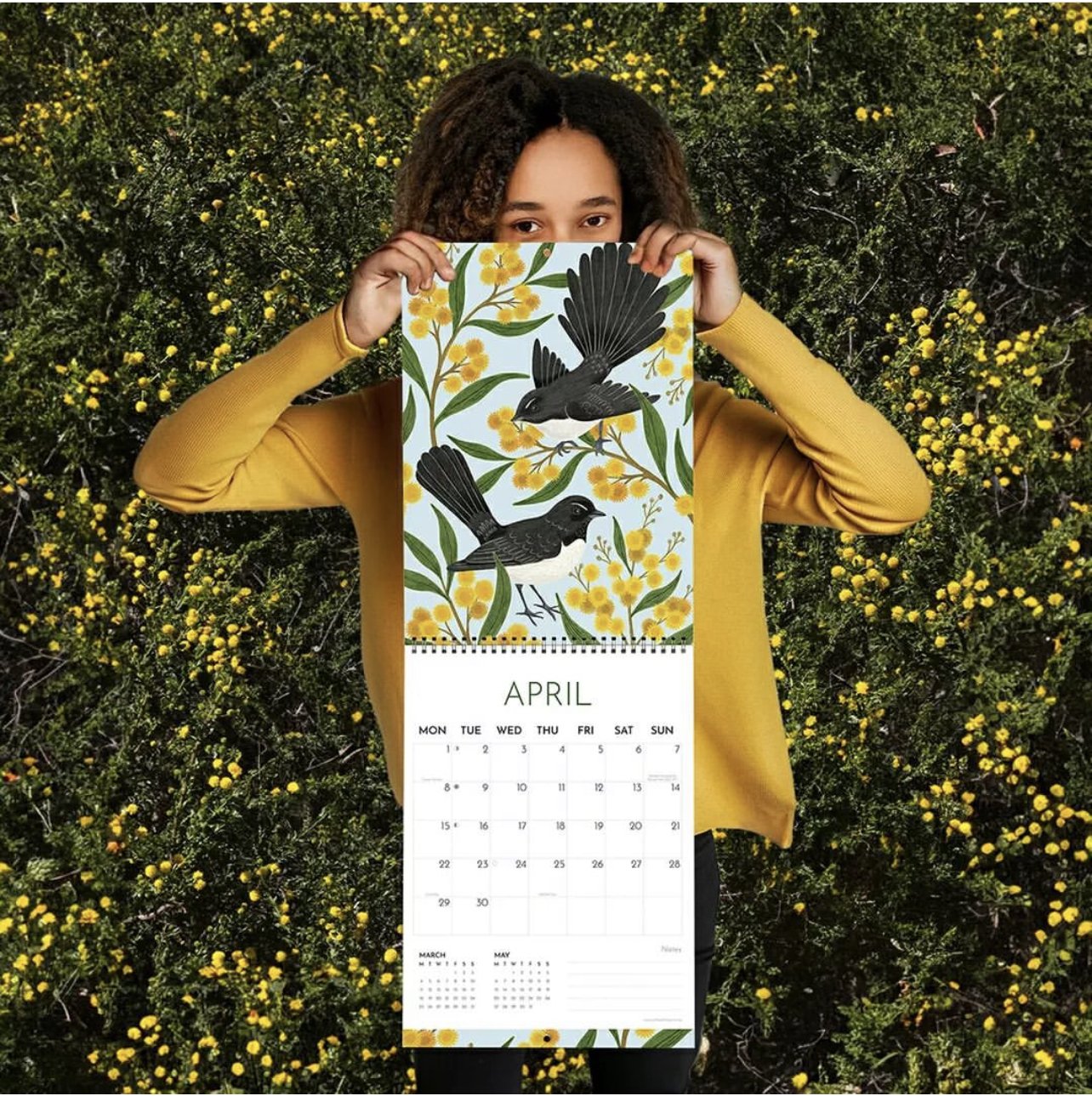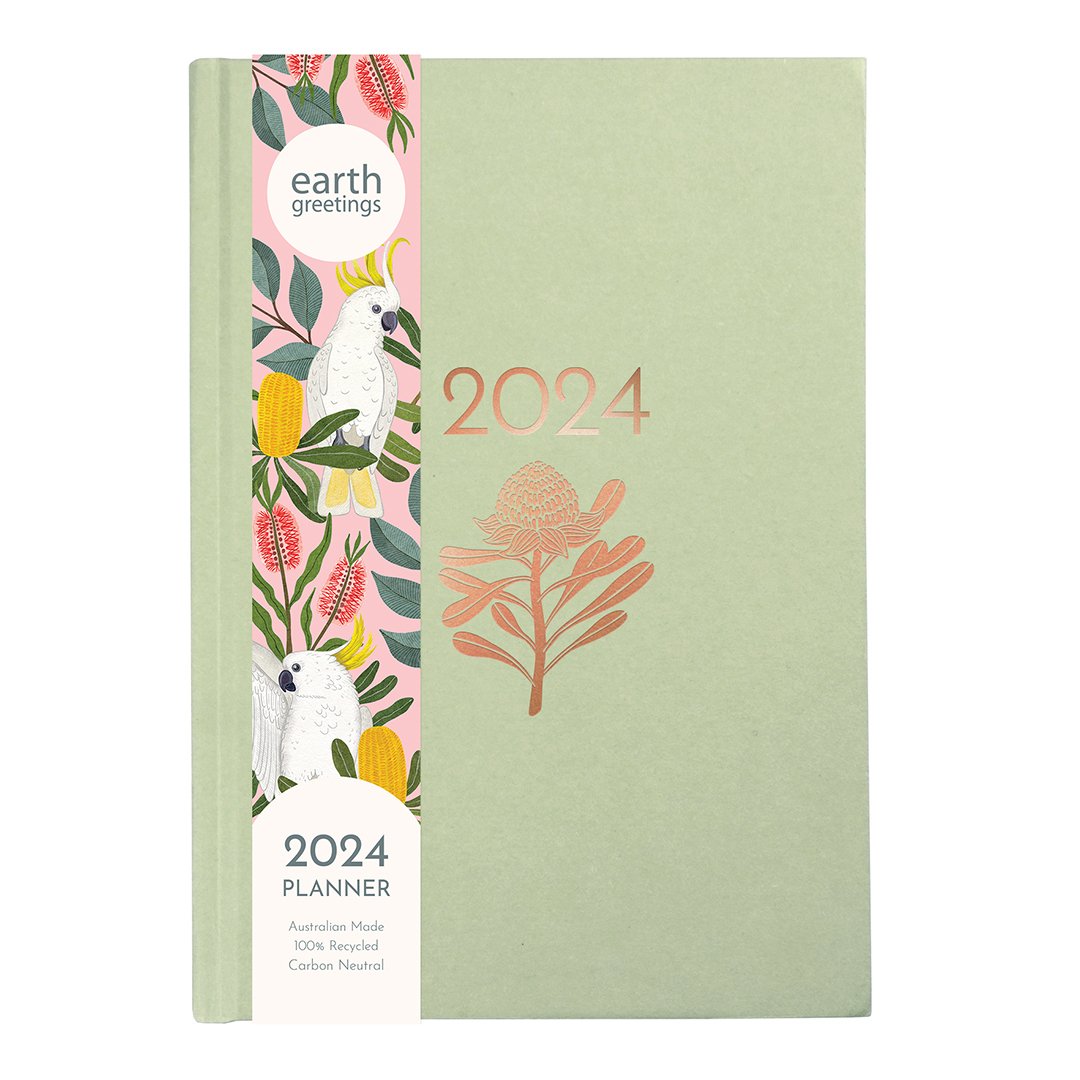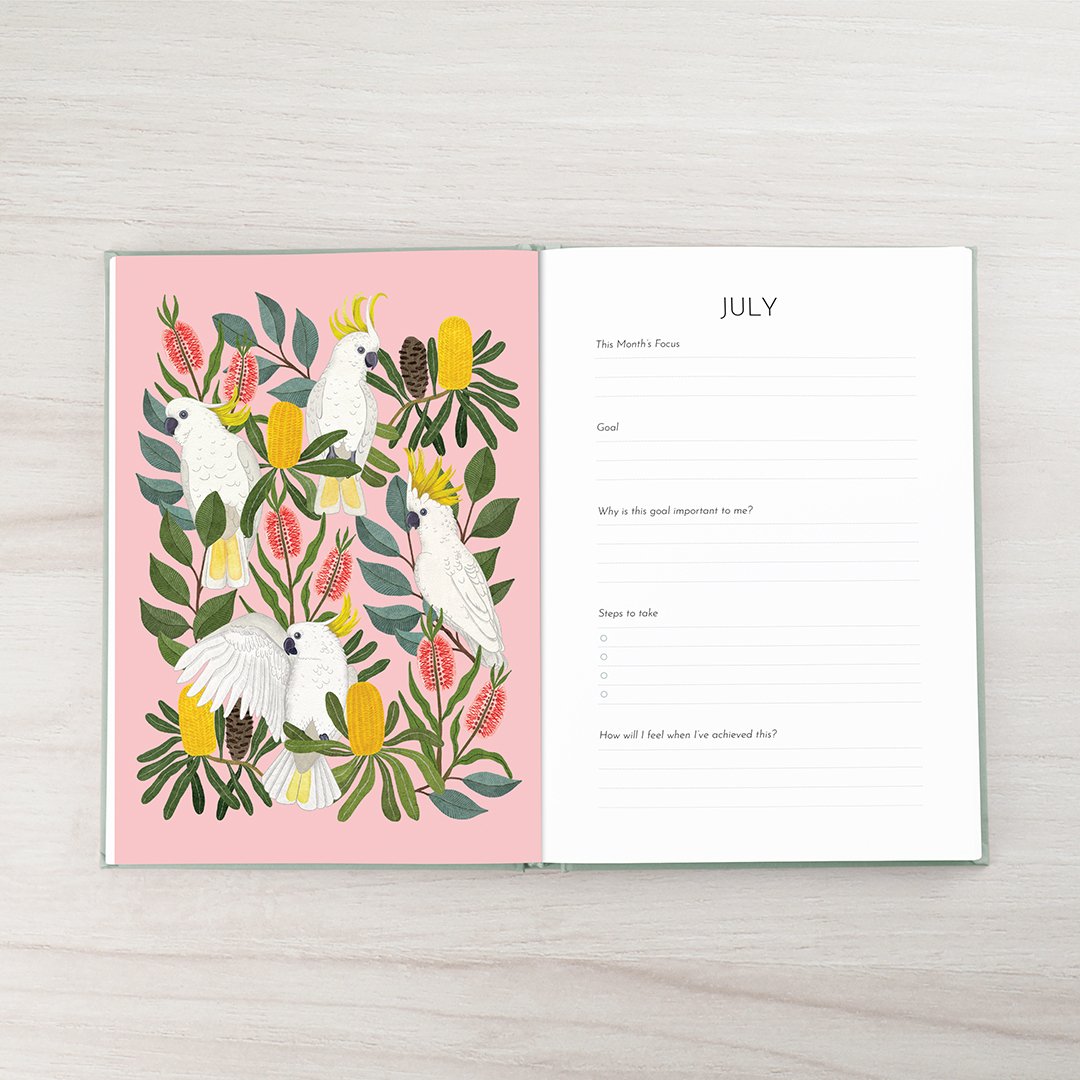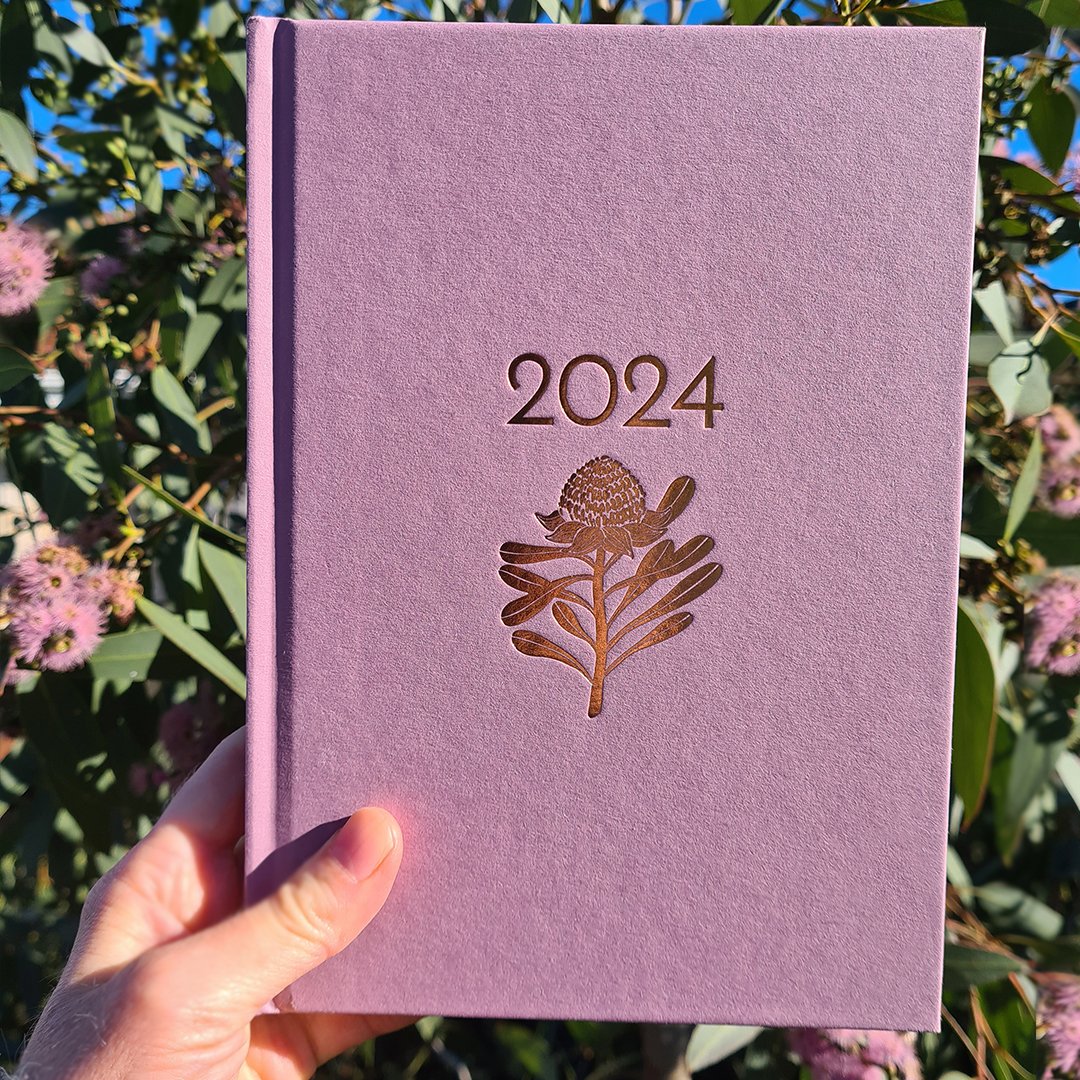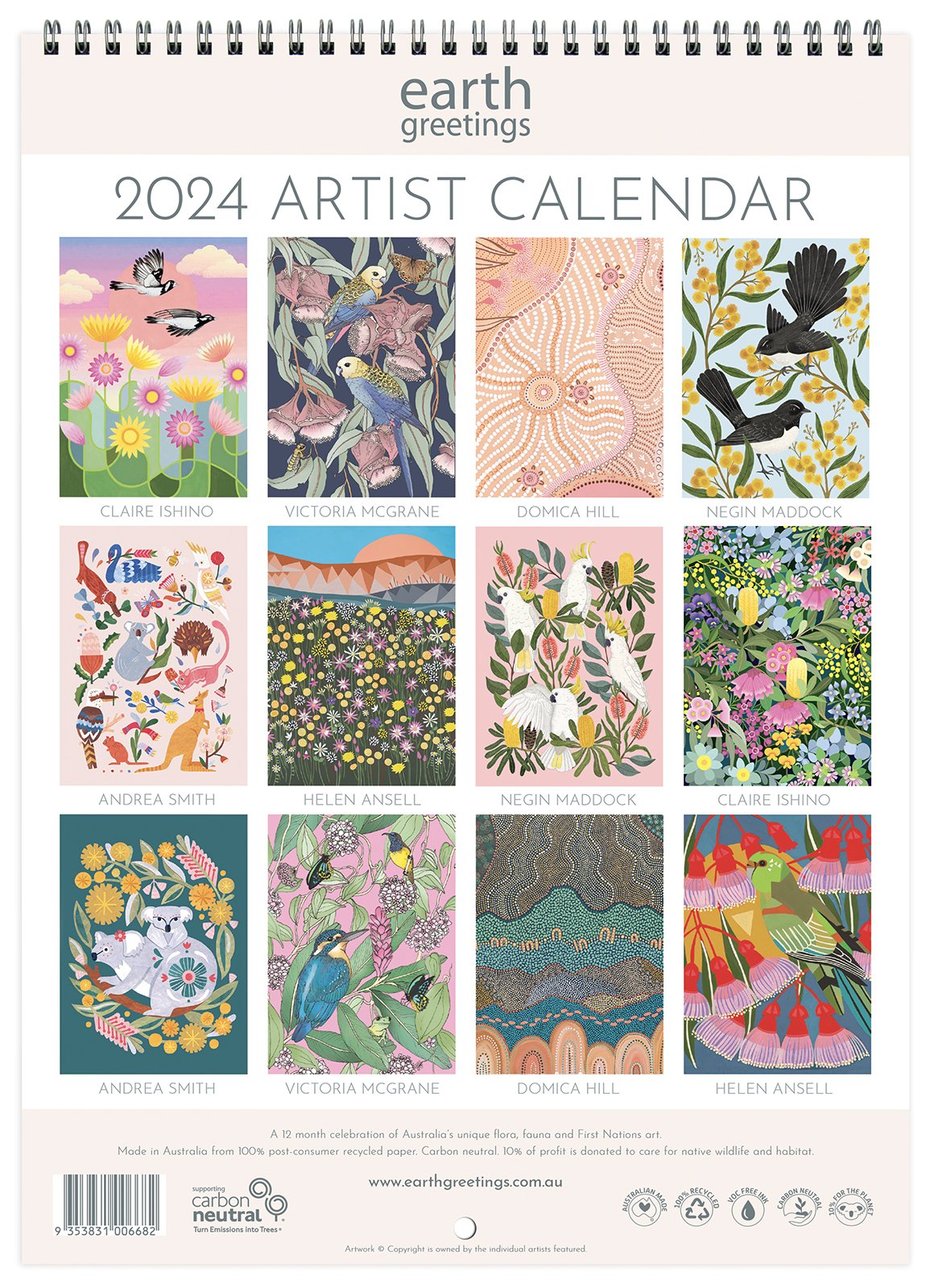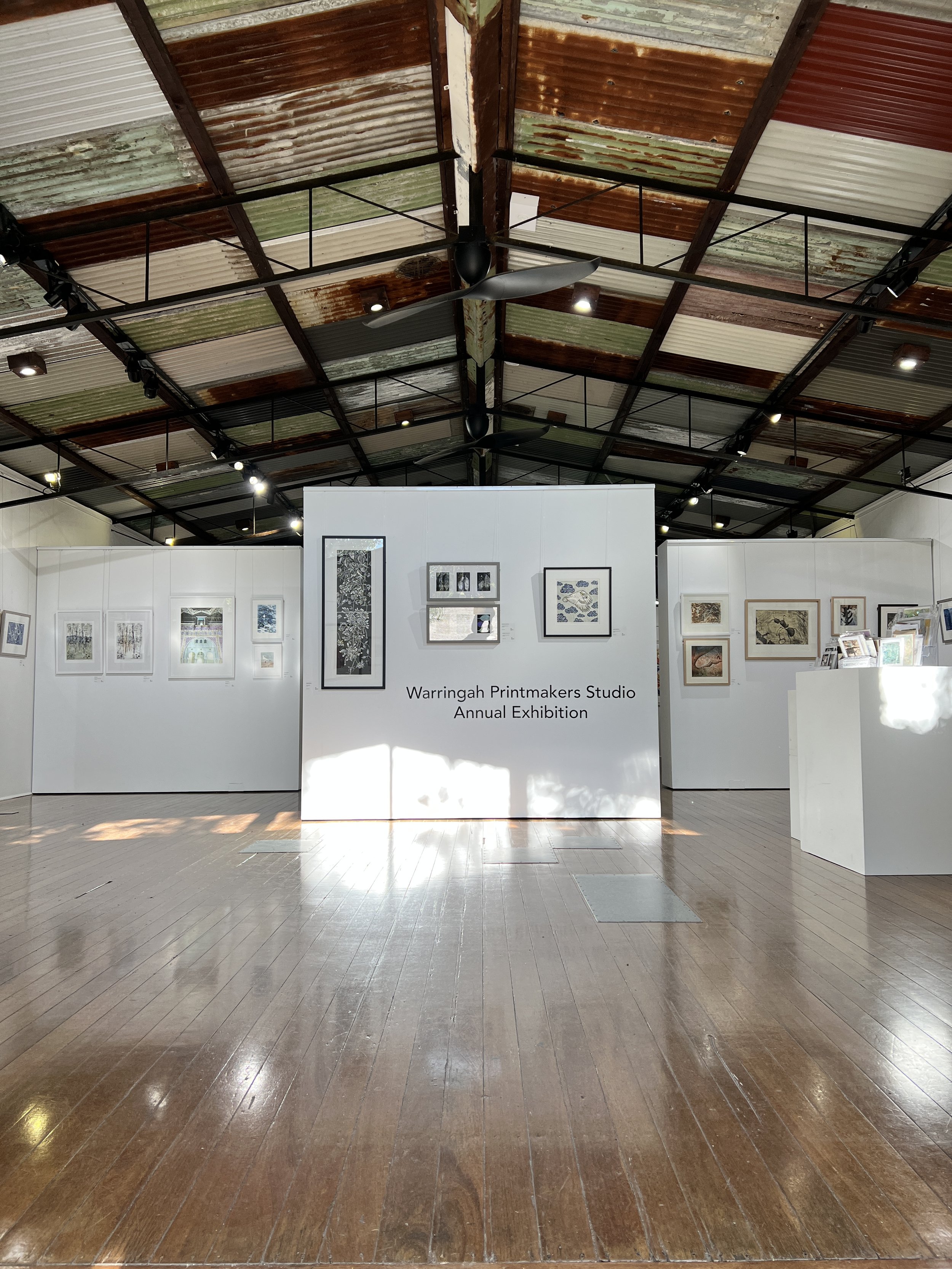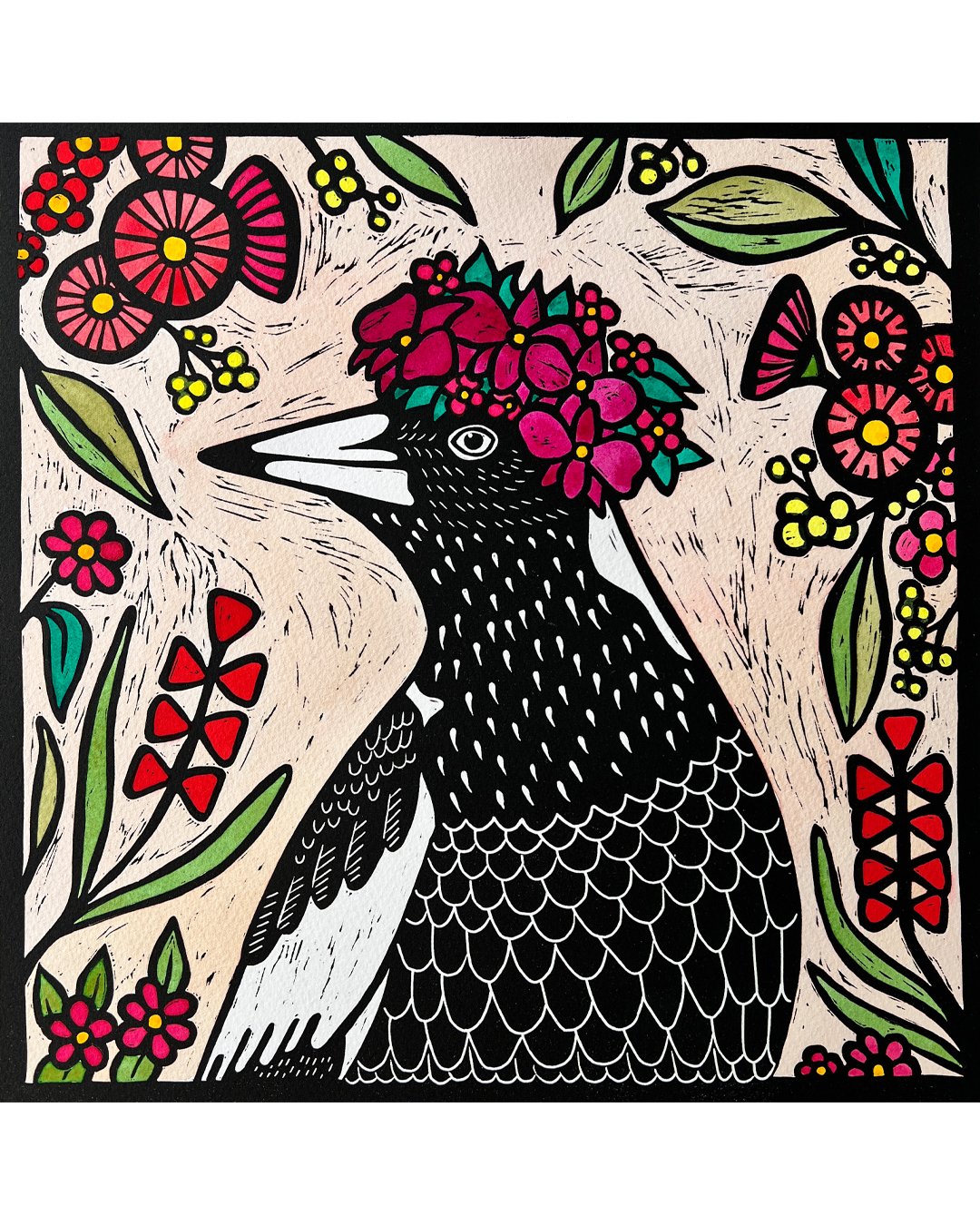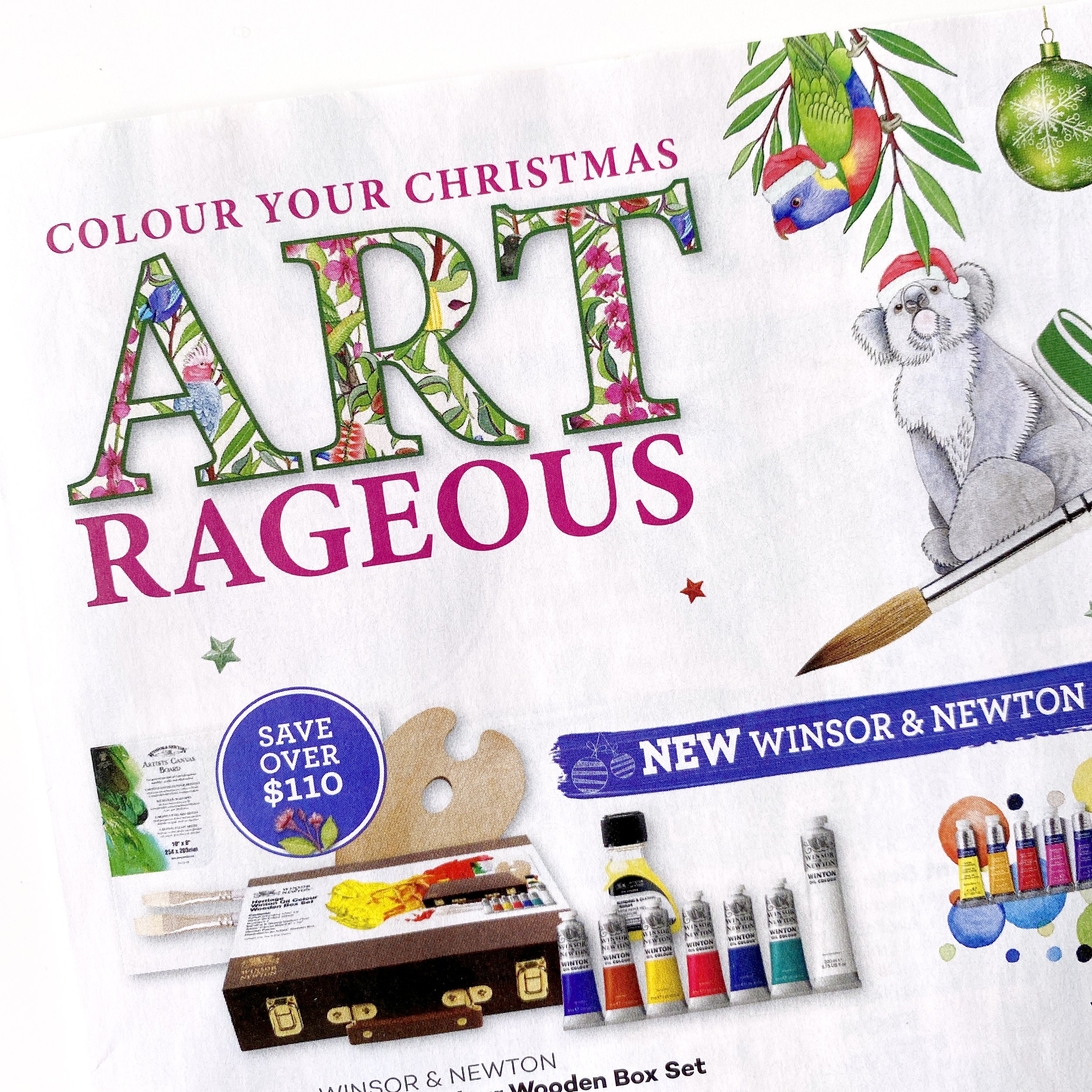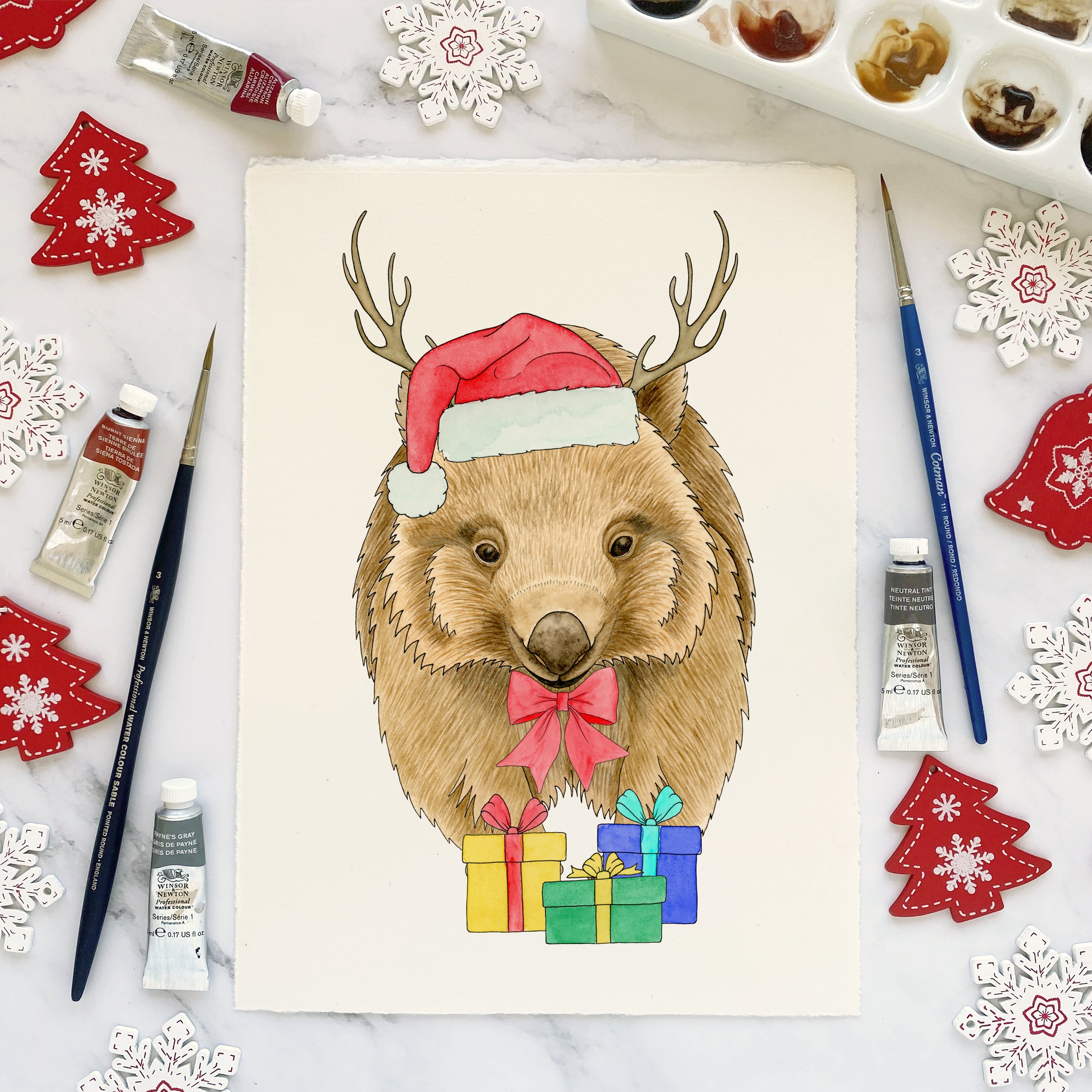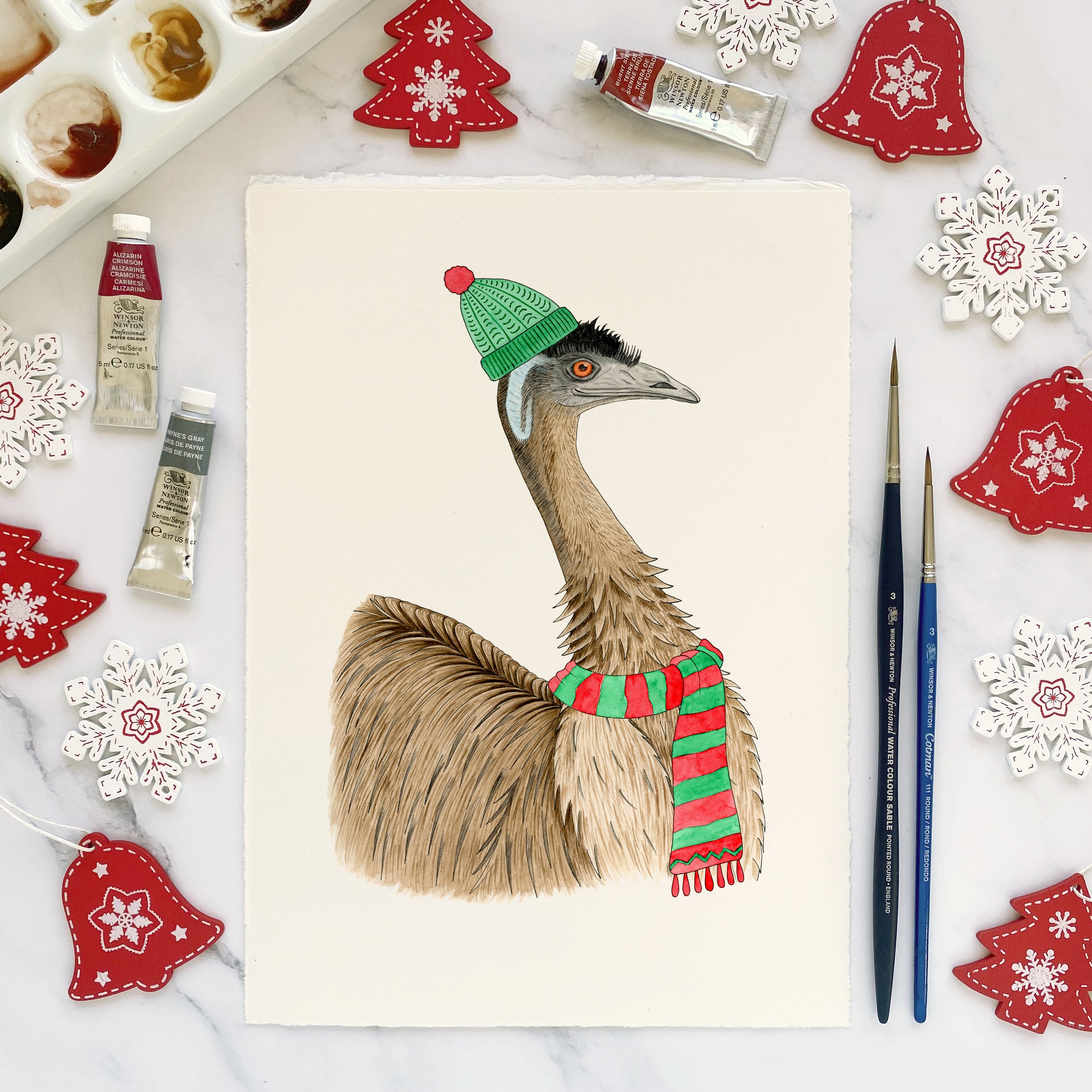I did a Q&A with the lovely Heide Hackworth, founder of Earth Greetings, over at their blog. Here it is below if you wanted to know a little more about my story:
Negin Maddock is an artist with a very scientific eye on the world. Her background as a mechanical engineer informs her beautifully detailed botanical designs, which she infuses with a touch of Australiana whimsy.
I spoke to Negin about how with a PhD in Biomedical Engineering, and a decade long acedemic career under her arm, her passion for drawing and printmaking was activated by the birth of her second daughter - and a complete polar turnaround took place.
Tell me about your art, and how you create it.
I am an illustrator and printmaker and the main genre I explore is Australian native flora and fauna. I work mainly with watercolour and ink. I study my subject in as much detail as I can before starting on the final artwork. I start by sketching my subject and then add definition with ink, followed by adding colour with watercolour. I use watercolour in a very controlled manner, to add depth and dimensionality to my illustrations. My illustrations are generally bold in colour and have a playful feel. I illustrate each element separately and then use photoshop to complete the composition, layering flora and fauna in a jungle-like feel.
For my printmaking work, my favourite techniques are intaglio methods such as drypoint and metal plate etching. I am a member of the Warringah Printmakers Studio in Sydney and spend Tuesdays exploring these techniques with other printmakers. We have access to three large scale printing presses at the studio, so it's exciting to work on large scale pieces. I do a lot of linocut at my home studio as it's a flexible technique that doesn't require a printing press.
Can you tell me about your background, and what led you to becoming a full time artist?
I literally made a complete and polar opposite career change in my mid-30's! I studied Mechanical Engineering at university, and worked as a mechanical engineer for a year after graduation before deciding to go back to uni and complete a PhD in Biomedical Engineering. My PhD investigated the effect of pharmacological treatments on the mechanical properties of bone after a fracture. I worked for over a decade in academia here and overseas, publishing my research in journals and books. In my last position I was researching novel biomaterials for applications in implantable medical devices. What led me to become an artist? It's so much more than what I can fit in the answer of a blog, but to simplify it, I found myself at a junction after having my second daughter. I chose to explore the idea of turning my passion for drawing and printmaking into a career path. I'm still on that path and whether I hit another junction in the future is anyone's guess!
What are your biggest inspirations?
All the usual things, nature, bird watching, people watching, social media. Interestingly, my biggest inspirations have come from flicking through old magazines in waiting rooms and at the hairdresser!
Describe your typical day.
I start every morning with some form of cardio exercise, except Sundays. Then it's breakfast with the family. When it's not lock-down, it'd then be rounding up my 7 and 9 year old girls and getting them to school. Once I've got rid of the kids I can relax! After drop off, I get my morning coffee from one of the many great cafes in Bronte. I always get my coffee take-away and go for a stroll around the neighbourhood. I do this coffee-walk everyday and it is an absolute must for me, unless there's a cyclone or snow-storm or aliens invading earth. Then I head home and write out my to-do list for the day and get cracking at ticking each item off. The to-do list includes everything from work to-do's (work on a commission, package orders etc.) to household to-do's (hang the washing, change the sheets, eat chocolate, feed the kids). In my mind, if a task is not on the list, then it doesn't exist. I am in complete awe of people who don't need to write everything down!
How do you find the right balance between being both a creative and business person, and also a mother?
I certainly haven't found any balance yet! I think it's an impossible task to find the right balance (at least for a perfectionist). I write my daily to-do lists, and just focus on getting done what needs to be done on that day, and if I don't tick off all the to-do's, those to-do's just roll over to the next day or get scrapped; depending on how important they are.
What do you do when you are taking a break from making art?
I'm writing this during our strictest Sydney lockdown, so taking a break at the moment involves falling down the Instagram rabbit hole, till I'm watching cat videos, and then realise I've wasted hours of my life. In the "before times" my favourite type of break is a really long walk, not the exercise kind of power walk, but the walk-the-neighbourhood-streets kind of walk. I love looking at people's houses and gardens, and really love it when people take pride in their garden and tend to it themselves. I love watching daily life from afar. I find people and how they interact with each other fascinating. I think if I were a bird, I'd definitely be a human-watcher.
